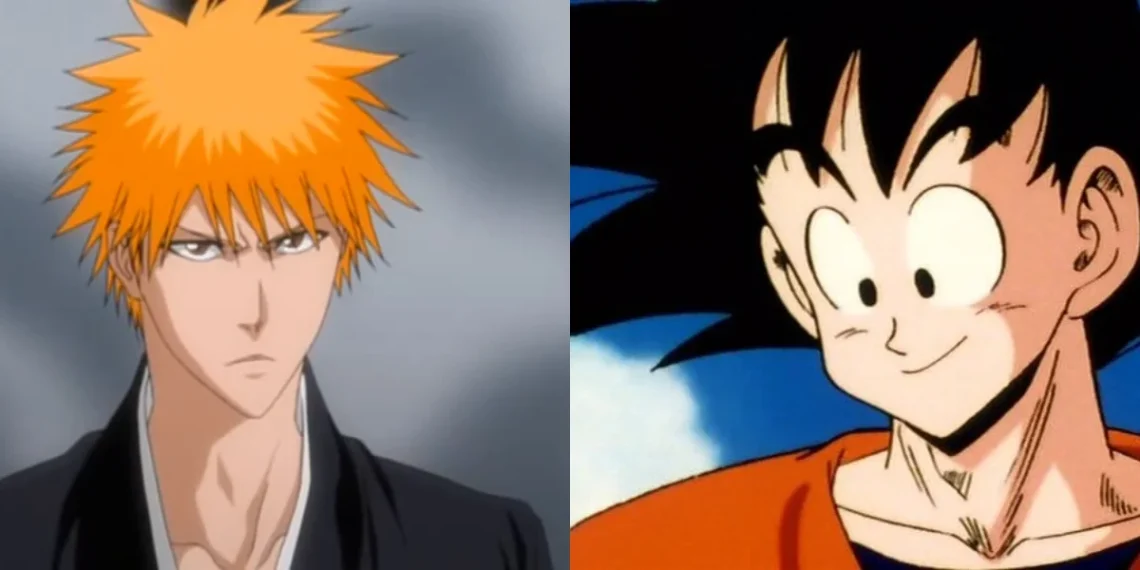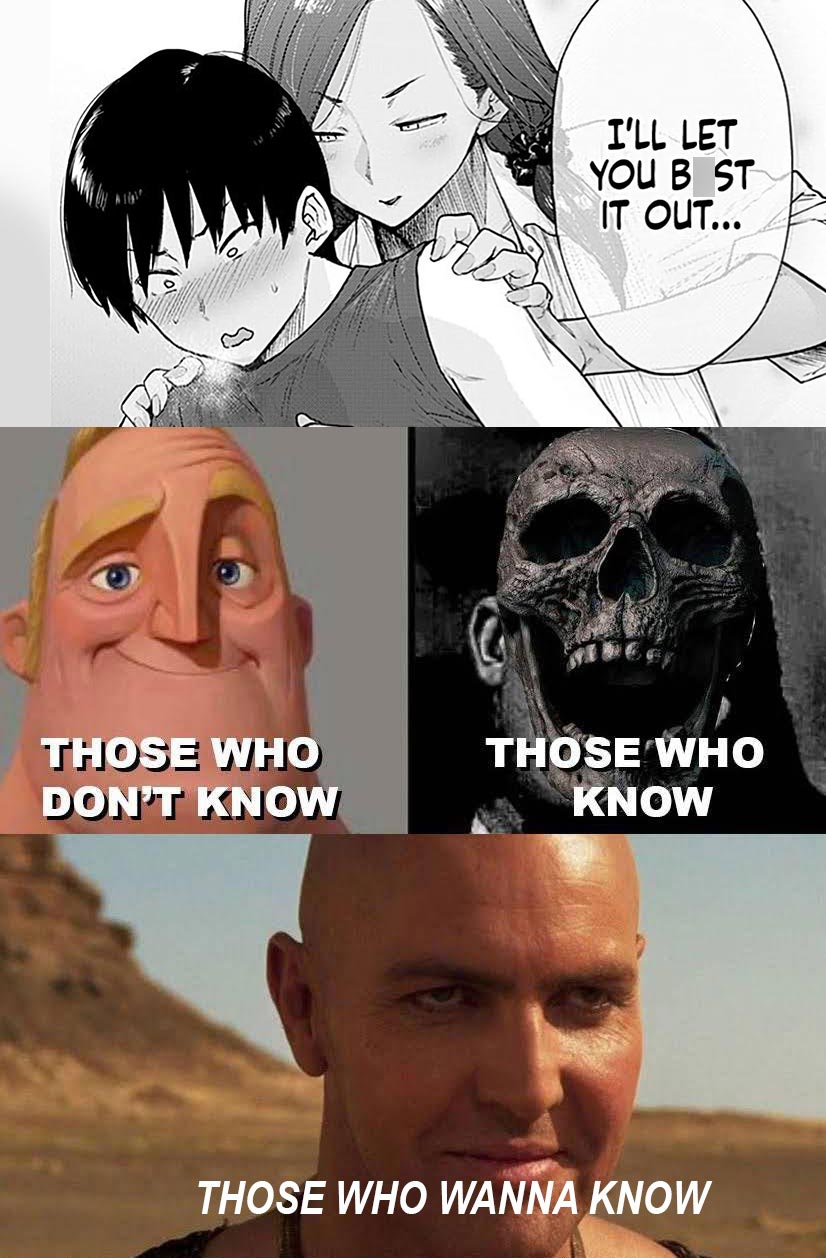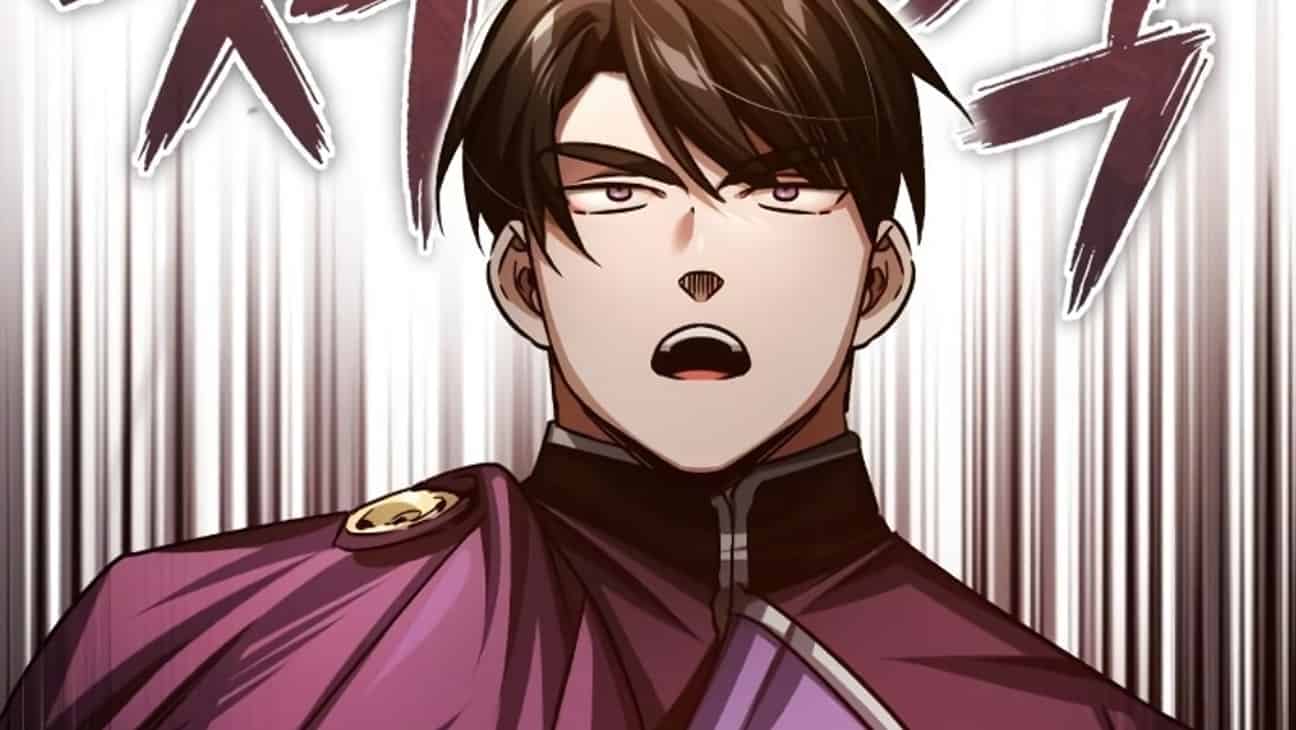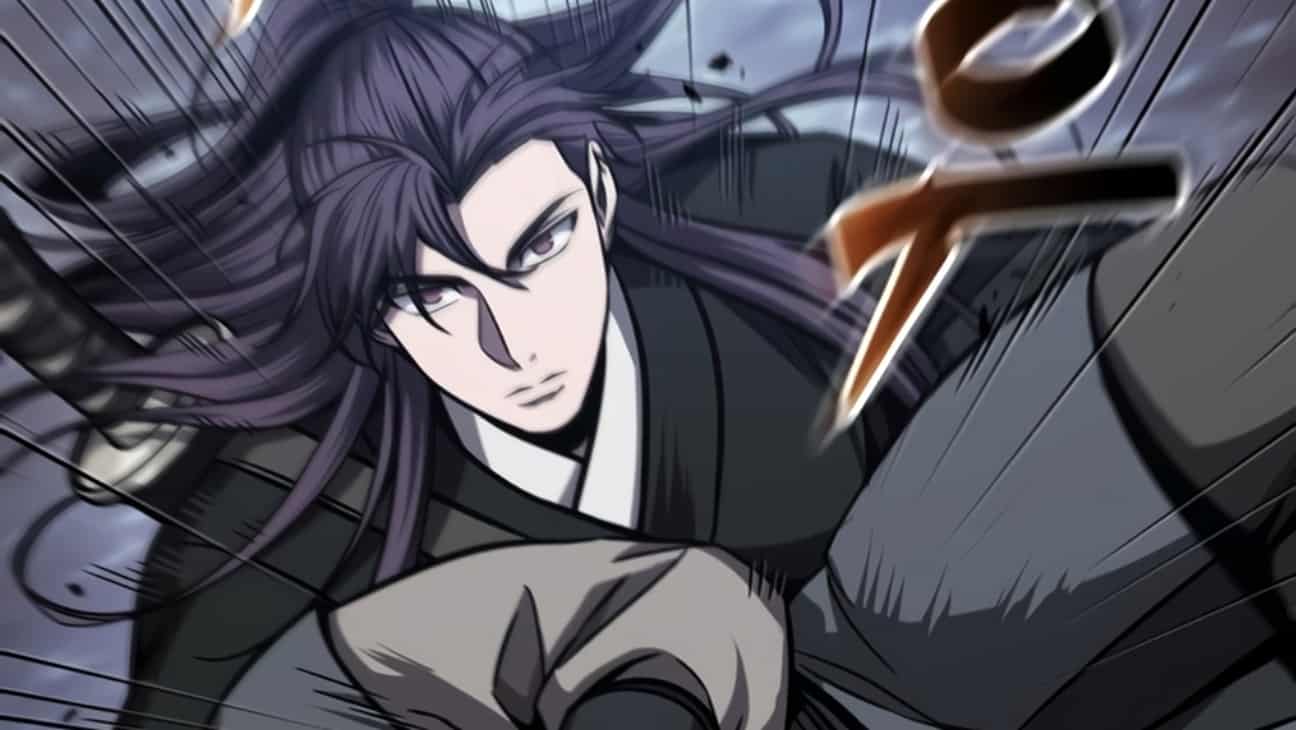Anime has rapidly evolved from a niche interest to a mainstream phenomenon, entertaining both longtime enthusiasts and newcomers alike with its diverse range of entertaining stories, stunning visuals, and memorable characters.
The question of the best anime of all time is one that resonates deeply within the community, reflecting the medium’s classics that have shaped its legacy over the years.
From iconic series that have defined anime for generations to newer hits that have garnered widespread acclaim, the best anime transcends genres and themes, offering something for every viewer. These top-tier anime not only entertain but also push boundaries in storytelling, animation quality, and cultural impact.
What sets anime apart is its ability to cater to a wide audience with a plethora of cinematic genres. Whether it’s the epic adventures of classics like “Naruto” or the introspective narratives of newer masterpieces like “Attack on Titan,” each series brings its own unique flair and cultural significance to the table.
One of anime’s greatest strengths lies in its continuous innovation and ability to surprise audiences with fresh and compelling narratives.
As the industry evolves, so too does the list of revered titles that have left an indelible mark on fans worldwide. These series and movies are not just entertainment; they are cultural touchstones that resonate on a global scale.
For fans, exploring the best anime of all time is not merely about entertainment but also about discovering new worlds, complex characters, and thought-provoking themes. It’s a journey through diverse storytelling landscapes that challenge and inspire, showcasing the medium’s boundless creativity and artistic expression.
As anime continues to attract new fans daily, the quest to uncover the best anime remains an ongoing adventure filled with excitement and discovery.
Whether revisiting timeless classics or diving into the latest sensations, anime enthusiasts can always find something extraordinary waiting to be experienced, making it a vibrant and ever-evolving part of global popular culture.
1. One Piece: A Grand Adventure on the High Seas
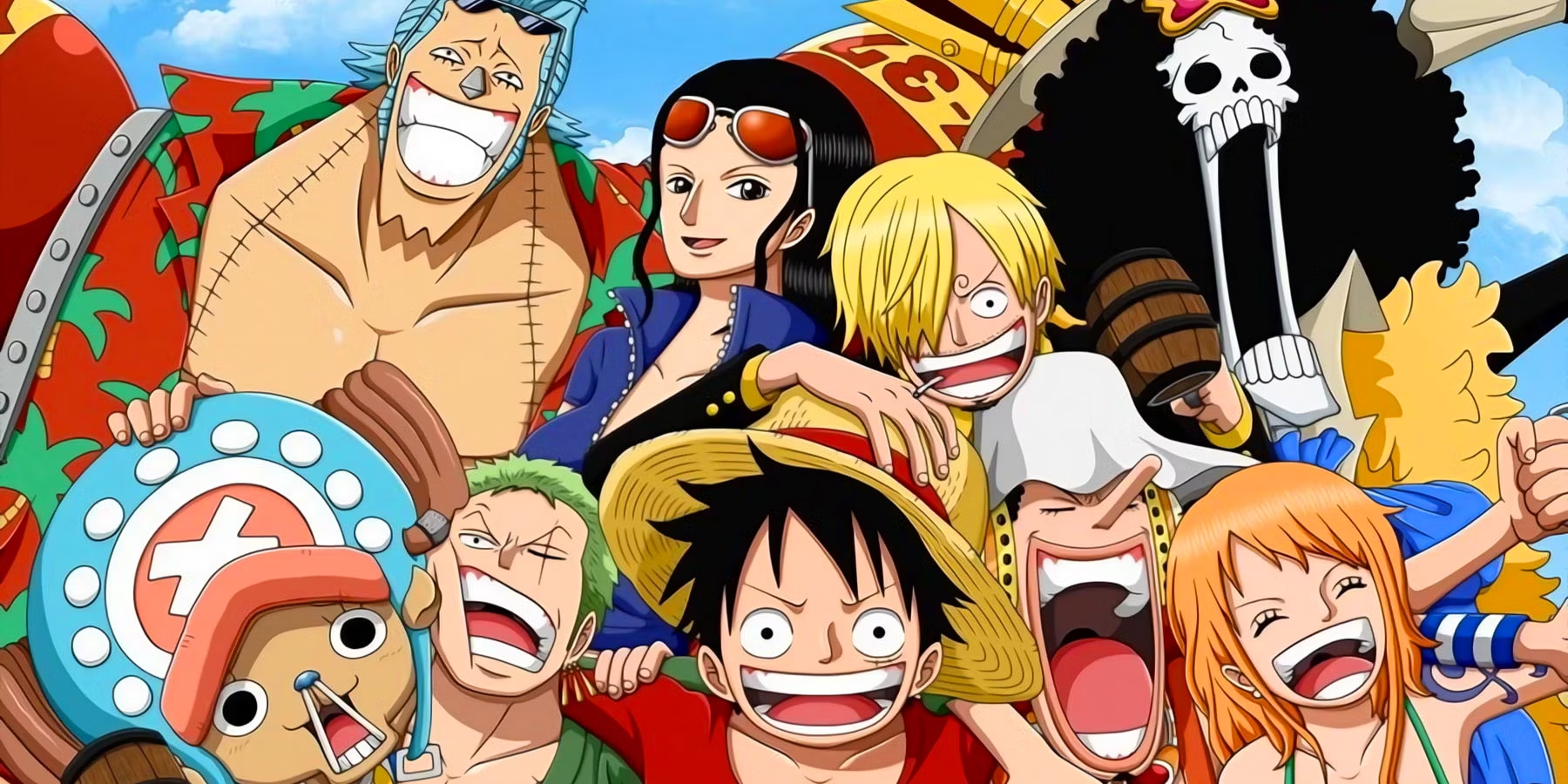
“One Piece,” created by Eiichiro Oda, is one of the most iconic and longest-running manga and anime series in Japan. Serialized in 1997 in Weekly Shonen Jump, the manga has spawned a highly successful anime adaptation, numerous films, video games, and a massive global fanbase.
Known for its imaginative world-building, compelling characters, and epic storytelling, “One Piece” continues to entertain audiences with its blend of action, humor, and heartfelt moments. This review will explore the plot, themes, characters, and enduring impact of “One Piece.”
“One Piece” follows the adventures of Monkey D. Luffy and his pirate crew, known as the Straw Hat Pirates, as they search for the ultimate treasure known as the “One Piece.”
Luffy’s dream is to become the Pirate King, the ruler of the seas who possesses the treasure hidden in the Grand Line. To achieve this dream, Luffy sets out on a journey across the vast and treacherous seas, recruiting crewmates, battling powerful foes, and uncovering the mysteries of the world.
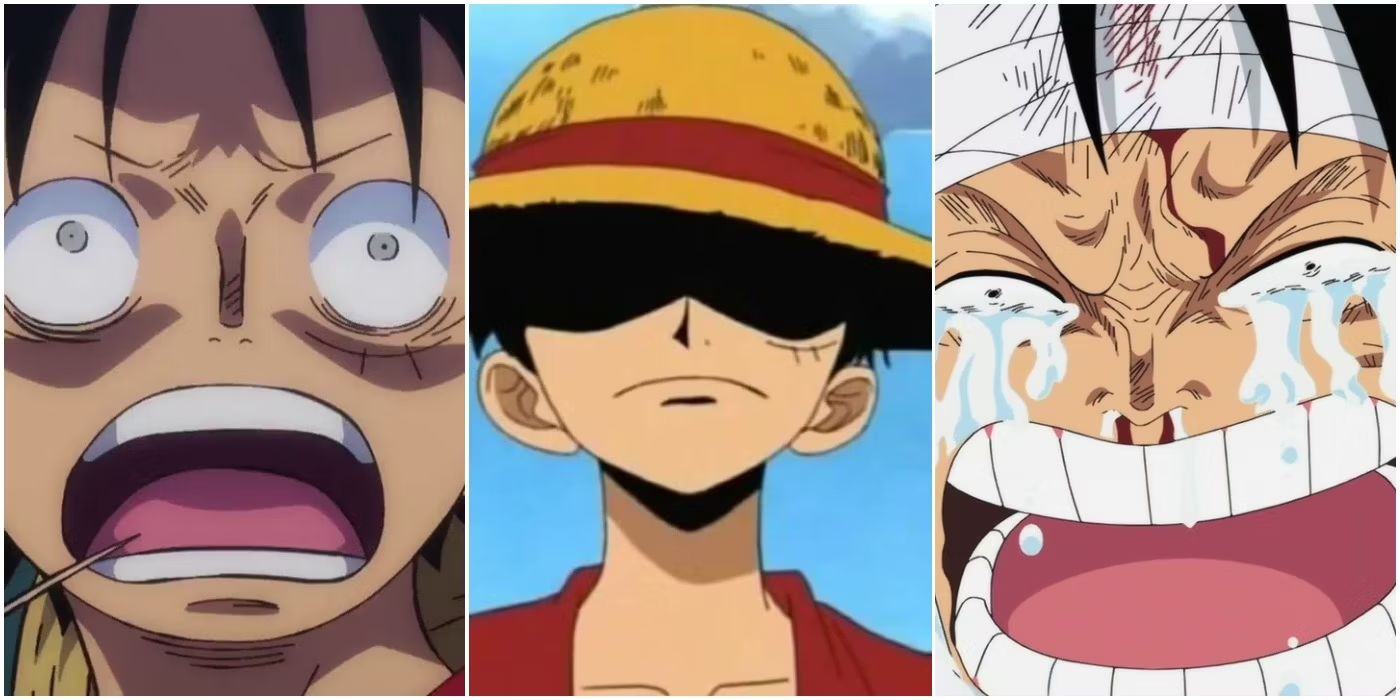
The story begins with Luffy consuming a Devil Fruit, granting him the ability to stretch his body like rubber but also robbing him of the ability to swim—an essential skill for pirates.
Undeterred, Luffy forms his crew, each member bringing their unique skills and dreams to the table. Together, they navigate through perilous seas, face off against fearsome pirates, marines, and otherworldly creatures, all while forging bonds of friendship and loyalty.
As the Straw Hat Pirates travel through various islands and encounter different cultures, they confront political intrigues, ancient civilizations, and the secrets of the world’s history.
The narrative seamlessly blends action-packed battles with moments of humor, tragedy, and profound character development, keeping readers and viewers engaged with each new arc.

Central to “One Piece” is the theme of friendship and comradery. Luffy’s crewmates—Zoro, Nami, Usopp, Sanji, Chopper, Robin, Franky, Brook, and Jinbe—each have their own dreams and aspirations.
Their unwavering loyalty to Luffy and to each other drives them forward, providing emotional depth to their adventures. The series emphasizes the importance of trust, unity, and mutual support in achieving goals.
The pursuit of dreams is a recurring motif in “One Piece.” Luffy’s dream of becoming the Pirate King inspires not only his crewmates but also numerous allies and adversaries they encounter along the way.
Each character’s dream is deeply personal, reflecting their desires for freedom, justice, or personal fulfillment. The series celebrates the courage to pursue one’s dreams despite overwhelming odds.
“One Piece” explores themes of justice and morality through the lens of its characters’ actions and motivations. The conflict between pirates, the World Government, and other factions raises questions about what constitutes true justice in a morally complex world.
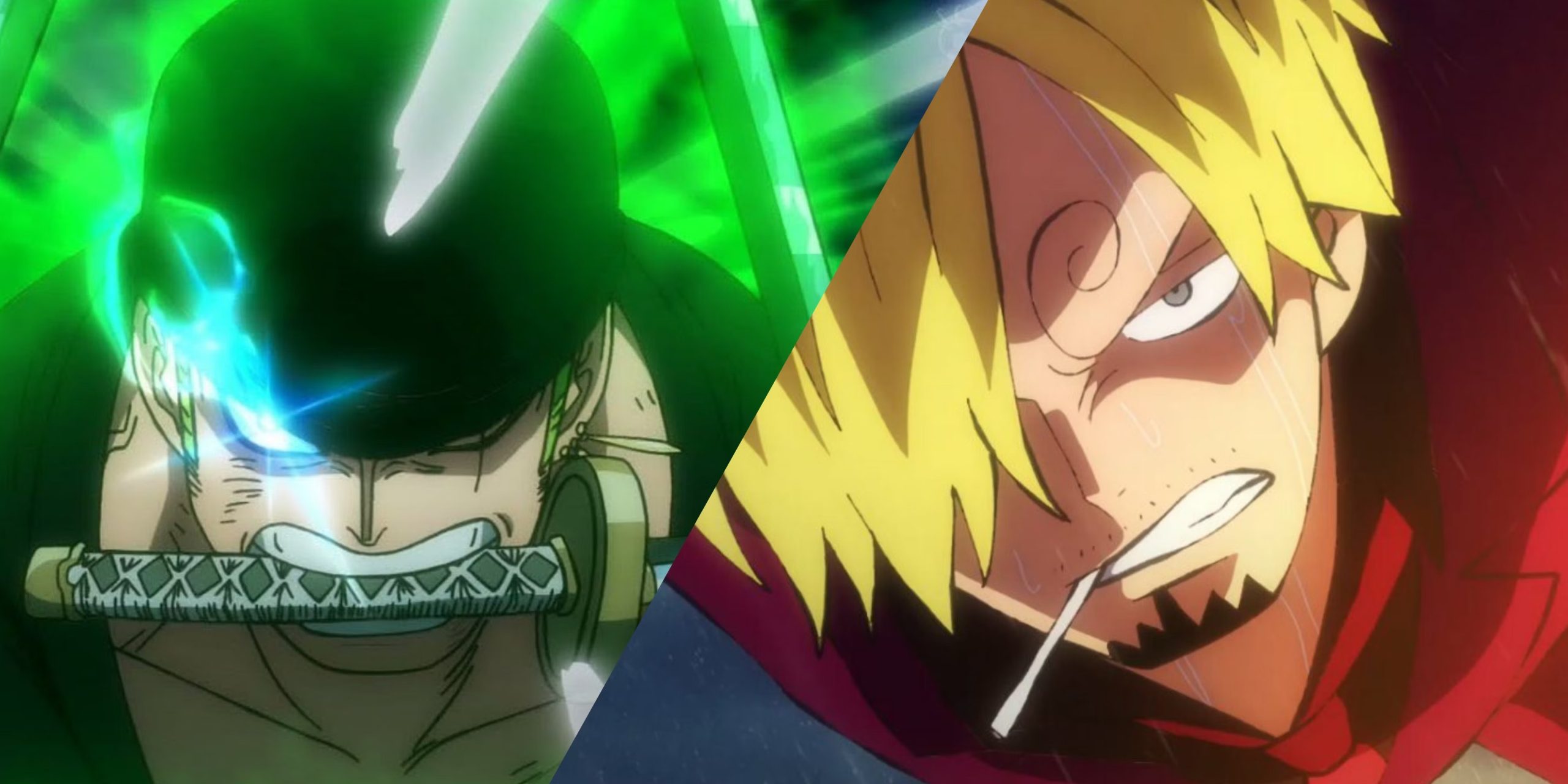
Characters like Luffy challenge conventional notions of right and wrong, often acting on their own sense of justice rather than societal norms.
The world of “One Piece” is vast and richly detailed, comprising diverse islands, cultures, and ecosystems. Exploration and discovery are integral to the narrative, with each new island offering unique challenges, mysteries, and treasures.
The series encourages curiosity and open-mindedness, inviting readers and viewers to embrace the thrill of the unknown.
Luffy is the charismatic and determined captain of the Straw Hat Pirates. Known for his boundless optimism, love of adventure, and insatiable appetite, Luffy’s unconventional methods and unwavering loyalty inspire those around him.
His ability to stretch his body like rubber (thanks to eating the Gum-Gum Fruit) makes him a formidable fighter.
Zoro is the Straw Hat Pirates’ swordsman, known for his dedication to his swordsmanship and his dream of becoming the world’s greatest swordsman. Despite his gruff exterior, Zoro is fiercely loyal to Luffy and his crewmates, often serving as a reliable and formidable ally in battle.

Nami is the crew’s navigator, with an exceptional talent for navigation and cartography. Her dream is to create a map of the entire world, which drives her to explore new islands and seas with the crew. Nami’s intelligence, resourcefulness, and occasional greed for treasure make her a vital member of the crew.
Chopper is the crew’s doctor and a reindeer with the ability to transform into different forms using the Human-Human Fruit.
Despite his initially timid nature, Chopper grows in confidence and skill as a doctor and fighter, embodying the theme of personal growth and overcoming self-doubt.
Robin is an archaeologist with the ability to sprout additional limbs using the Flower-Flower Fruit. Her intellect, knowledge of history, and dark past as a former assassin make her a complex character.
Robin’s dream is to uncover the true history of the world, which aligns with the overarching mysteries of “One Piece.”
Each member of the Straw Hat crew brings their own unique skills, dreams, and personality traits to the group. Sanji is the chef with a chivalrous nature and exceptional fighting skills;
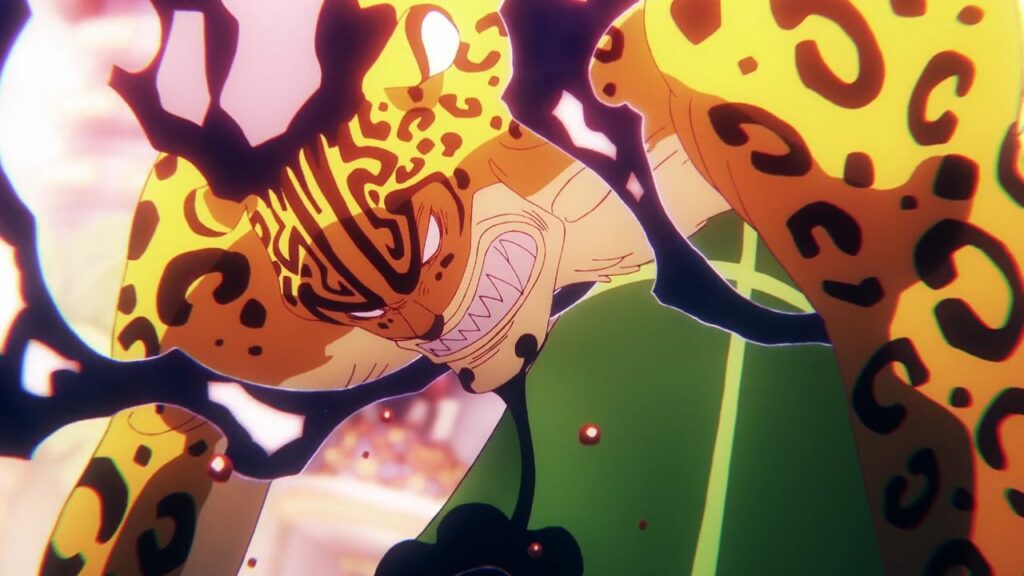
Usopp is the crew’s sharpshooter and storyteller; Franky is the shipwright with a passion for building and modifying ships; Brook is the musician and swordsman with a tragic past and a joy for life; Jinbe is the helmsman and former Warlord of the Sea, adding strength and wisdom to the crew.
Eiichiro Oda’s artwork in “One Piece” is distinctive and dynamic, characterized by exaggerated character designs, expressive facial expressions, and intricate panel layouts.
Oda’s ability to create visually stunning action sequences, emotional moments, and expansive landscapes contributes to the series’ immersive storytelling.
The manga’s vibrant art style has translated seamlessly into the anime adaptation, which has received praise for its faithful adaptation of Oda’s original vision.
The anime’s animation quality, particularly during key battles and emotional scenes, enhances the impact of the narrative, bringing Oda’s world to life with fluid movements and dynamic camera angles.
The use of color, sound effects, and voice acting further enriches the viewing experience, making “One Piece” a visually and emotionally engaging series.
“One Piece” has achieved unprecedented success and acclaim, both in Japan and internationally. The manga’s ongoing serialization and the anime’s long-standing popularity attest to its enduring appeal and cultural impact.
“One Piece” has inspired a dedicated fanbase, countless merchandise items, theme park attractions, and even collaborations with other media franchises.
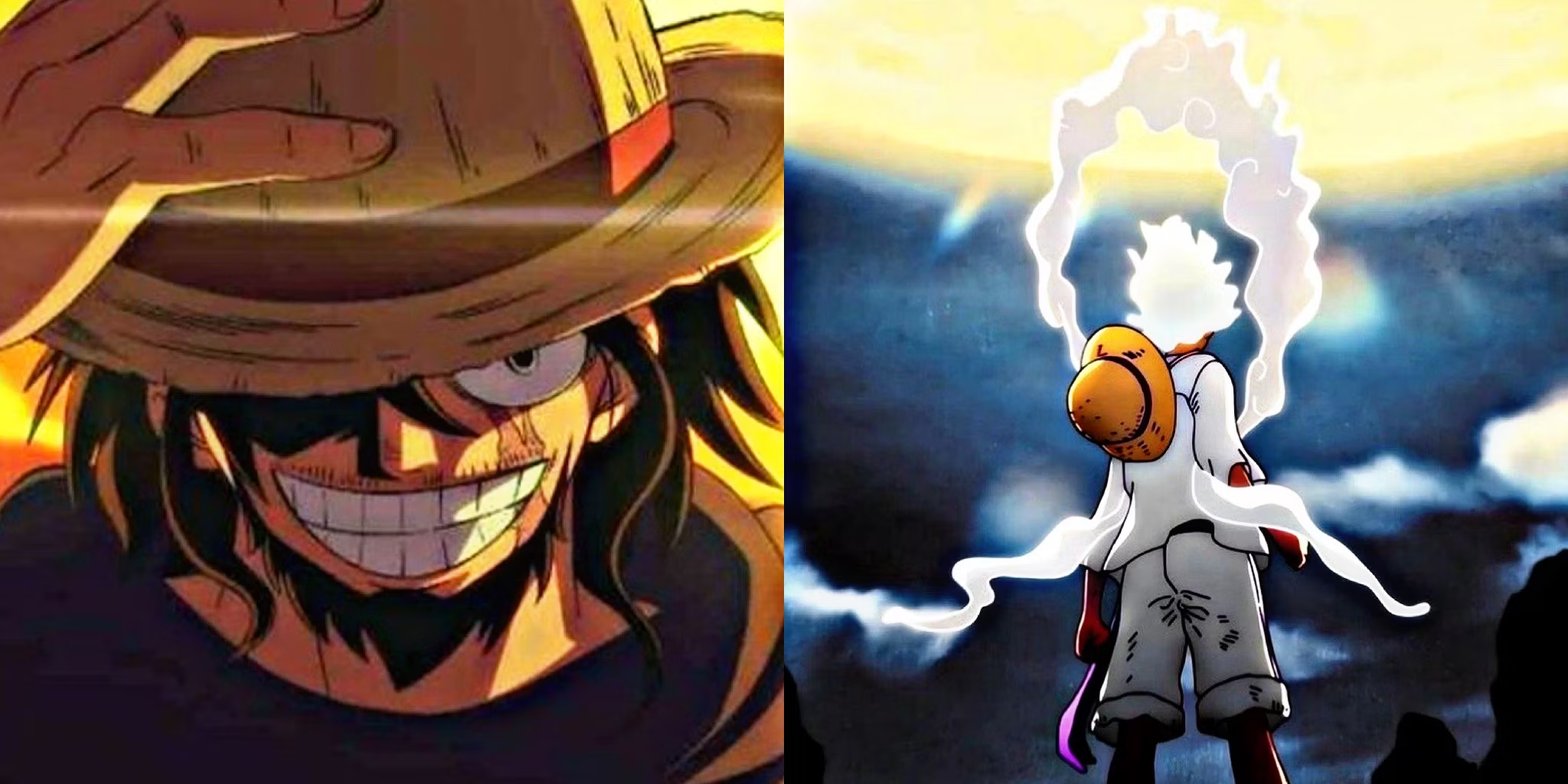
Critics and fans alike have praised “One Piece” for its rich storytelling, memorable characters, intricate world-building, and ability to tackle complex themes with sincerity and depth.
The series’ ability to blend humor, action, and heartfelt moments has resonated with audiences of all ages, transcending generational boundaries and cultural differences.
“One Piece” stands as a monumental achievement in the world of manga and anime, entertainning audiences with its epic adventure, memorable characters, and profound themes.
Eiichiro Oda’s masterful storytelling, combined with vibrant artwork and dynamic animation, has created a universe that continues to inspire and entertain millions around the globe.
Whether you are drawn to the high-seas adventures, the emotional journeys of its characters, or the exploration of timeless themes, “One Piece” offers a rich and rewarding experience.
As Luffy and his crew continue their quest for the “One Piece” treasure, the series remains a testament to the power of dreams, friendship, and the boundless possibilities of the human spirit.
2. Naruto: A Journey of Growth, Friendship, and Ninja Legacy
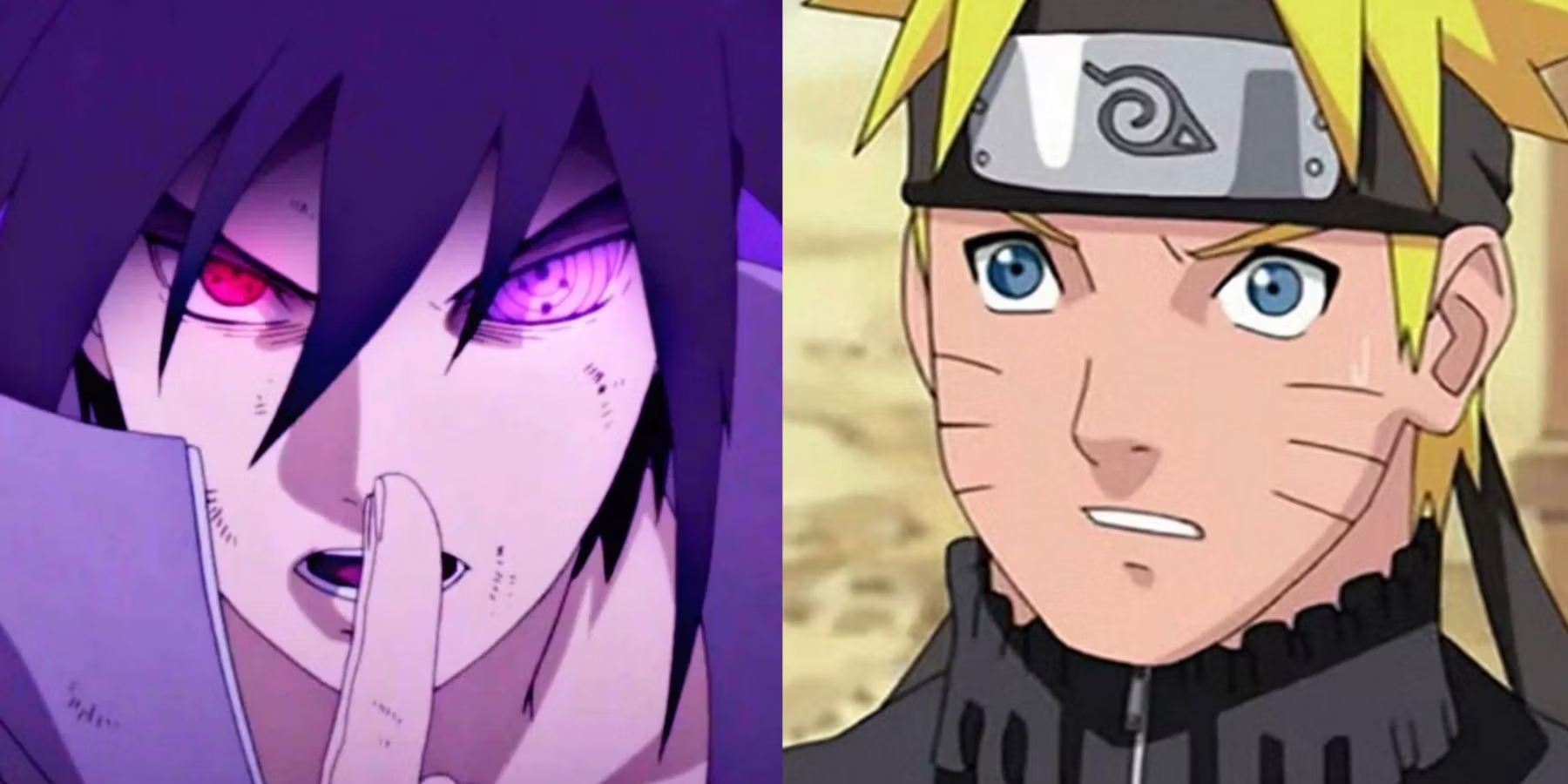
“Naruto,” created by Masashi Kishimoto, is a globally renowned manga and anime series that has left an indelible mark on the world of shonen anime.
Serialized from 1999 to 2014 in Weekly Shonen Jump, “Naruto” has garnered widespread acclaim for its compelling characters, intricate world-building, and exploration of themes such as perseverance, friendship, and the pursuit of one’s dreams. This review will goes into the plot, themes, characters, and enduring impact of “Naruto.”
“Naruto” tells the story of Naruto Uzumaki, a young ninja with dreams of becoming the strongest ninja and earning the respect of his village,
Konohagakure. Born with the Nine-Tails Fox sealed within him—a fact that ostracized him in childhood—Naruto grows up determined to prove himself as a capable and worthy ninja. His journey is marked by hardships, personal growth, and the forging of lasting bonds with friends and mentors.
The narrative begins with Naruto’s graduation from the Ninja Academy and follows his adventures as a member of Team 7, alongside Sasuke Uchiha and Sakura Haruno, under the guidance of their teacher, Kakashi Hatake.
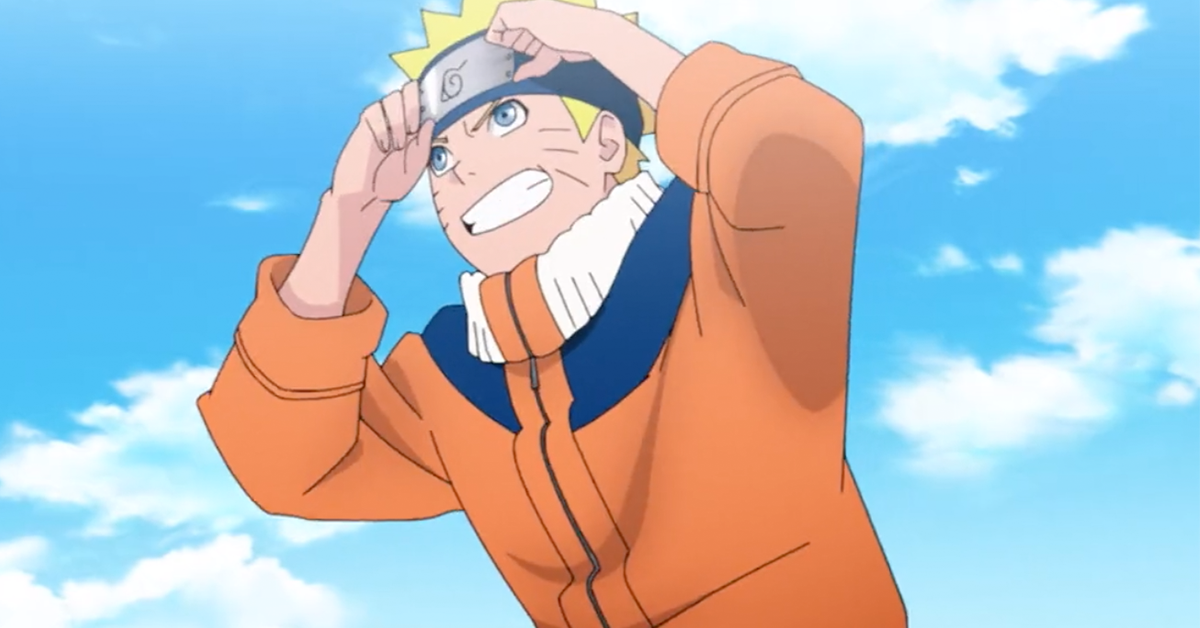
As Team 7 navigates missions, faces formidable adversaries, and uncovers secrets from their village’s history, they each confront their own inner demons and strive to protect their loved ones.
Central to the story is Naruto’s ambition to become the Hokage, the leader of the village, and gain recognition from his peers. His determination leads him to develop powerful ninja techniques, such as the Shadow Clone Jutsu and Rasengan, while also learning about the responsibilities and sacrifices that come with leadership.
The series progresses through multiple story arcs, each exploring different aspects of the ninja world, including ninja politics, clan rivalries, and the pursuit of power. The narrative culminates in a climactic battle between Naruto and his longtime rival, Sasuke, which tests their bonds and resolves lingering conflicts.
“Naruto” emphasizes the theme of perseverance in the face of adversity. Naruto’s journey from an outcast to a respected ninja is a testament to his unwavering determination and resilience. Through hard work, training, and learning from setbacks, Naruto continually evolves both as a ninja and as a person.
Friendship is a cornerstone of “Naruto,” as Naruto’s relationships with Sasuke, Sakura, and other characters deepen throughout the series. The bonds formed through shared experiences, mutual support, and loyalty underscore the importance of companionship in overcoming challenges and achieving personal growth.
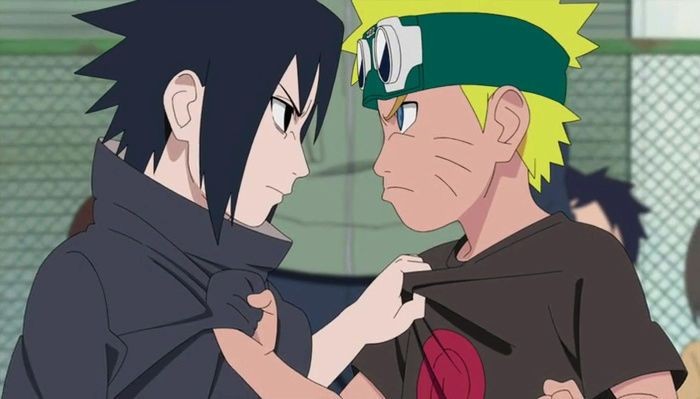
The series explores themes of identity and acceptance through Naruto’s quest for recognition and belonging. As a jinchuriki (host) of the Nine-Tails Fox, Naruto initially struggles with his identity and the prejudice he faces from others. Over time, he learns to embrace his true self and earn the respect of his peers through his actions and character.
“Naruto” goes into the legacy of previous generations and the responsibilities inherited by the next. Naruto’s aspiration to become Hokage is not only a personal goal but also a commitment to uphold the values of leadership, protection, and unity within the village. The series explores how individuals reconcile their personal desires with their duties to their community.
The theme of redemption is prominent in “Naruto,” particularly through the character of Sasuke Uchiha. Sasuke’s journey from a vengeful avenger to a seeker of truth and reconciliation highlights the complexities of forgiveness, healing, and the consequences of one’s actions. The series explores the emotional and moral dilemmas faced by characters striving for redemption.
Naruto is the protagonist, known for his determination, optimism, and signature catchphrase, “Believe it!” Despite his lonely upbringing, Naruto’s unwavering resolve to protect his friends and village drives him to achieve his dreams of becoming Hokage.
Sasuke is Naruto’s rival and teammate, marked by his tragic past, prodigious talent, and desire for revenge against his older brother, Itachi. Sasuke’s journey is defined by his quest for power, self-discovery, and eventual reconciliation with his past.
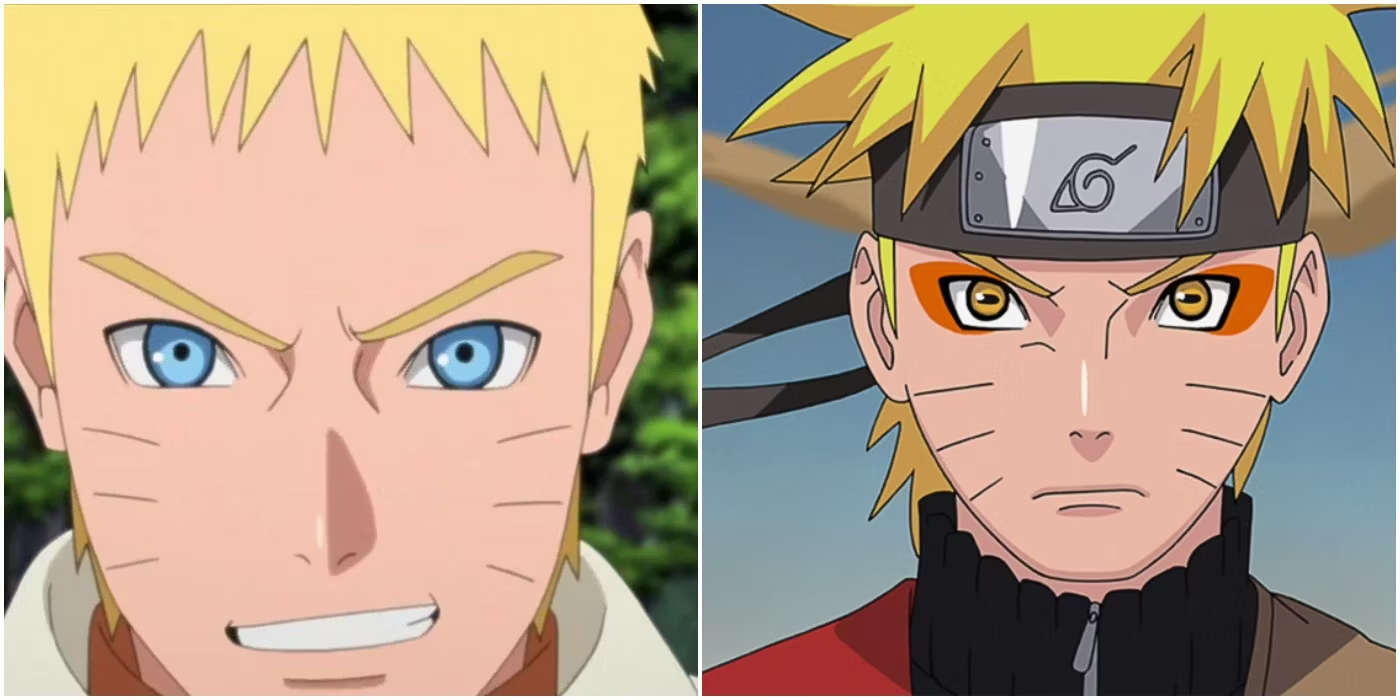
Sakura is the team’s intelligent and determined medic-nin, initially known for her infatuation with Sasuke. Throughout the series, Sakura undergoes significant growth in both combat skills and emotional maturity, becoming a reliable ally to Naruto and Sasuke.
Kakashi is Team 7’s laid-back and enigmatic teacher, known as the “Copy Ninja” for his ability to mimic and master his opponents’ techniques. Kakashi serves as a mentor to Naruto and his teammates, imparting wisdom and guidance while grappling with his own past and responsibilities.
“Naruto” features a diverse cast of characters, including mentors like Jiraiya and Tsunade, fellow ninja from different villages, and formidable antagonists such as Orochimaru, Pain, and Madara Uchiha. Each character contributes to the series’ narrative depth and thematic exploration.
Masashi Kishimoto’s artwork in “Naruto” is distinctive for its detailed character designs, dynamic action sequences, and expressive facial expressions. The manga’s visual style enhances the intensity of battles, emotional moments, and dramatic revelations, drawing readers into the world of ninjas and supernatural abilities.
The anime adaptation of “Naruto,” produced by Studio Pierrot, faithfully adapts Kishimoto’s artwork and storytelling, expanding on key scenes with fluid animation, impactful voice acting, and memorable soundtracks. The use of color, sound effects, and cinematography heightens the series’ emotional resonance, making it a compelling viewing experience for fans.
“Naruto” has achieved widespread acclaim for its compelling narrative, memorable characters, and exploration of universal themes. The manga’s serialization spanned over 15 years, spawning a successful anime series, films, novels, video games, and merchandise. The series’ cultural impact extends beyond Japan, influencing pop culture, cosplay communities, and fan conventions worldwide.
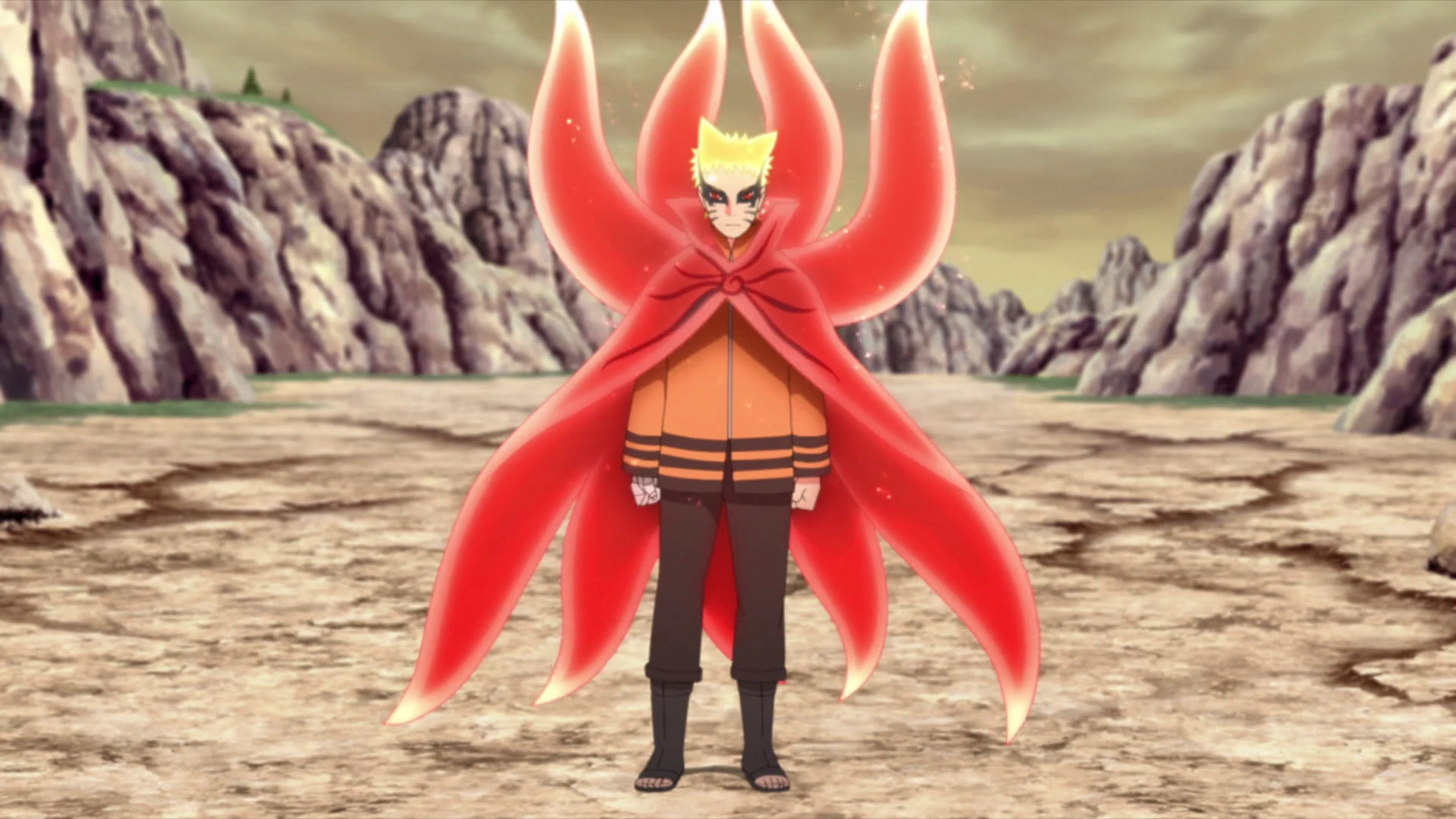
Critics and fans have praised “Naruto” for its character development, intricate plot twists, and ability to balance action-packed battles with poignant emotional moments. The series’ exploration of themes such as friendship, identity, and redemption resonates with audiences of all ages, cementing its status as a beloved classic in the anime and manga industry.
“Naruto” stands as a seminal work in shonen anime and manga, entertaining audiences with its epic storytelling, memorable characters, and profound themes. Masashi Kishimoto’s masterful depiction of Naruto’s journey—from an ostracized orphan to a revered ninja leader—embodies the spirit of perseverance, friendship, and self-discovery.
Whether you are drawn to the intense ninja battles, the emotional depth of its characters, or the exploration of timeless themes, “Naruto” offers a rich and rewarding experience.
As Naruto and his allies confront challenges, forge alliances, and pursue their dreams, the series leaves a lasting legacy as a testament to the power of determination, bonds of friendship, and the enduring spirit of adventure.
3. Bleach: Exploring the Soul Reaper’s World
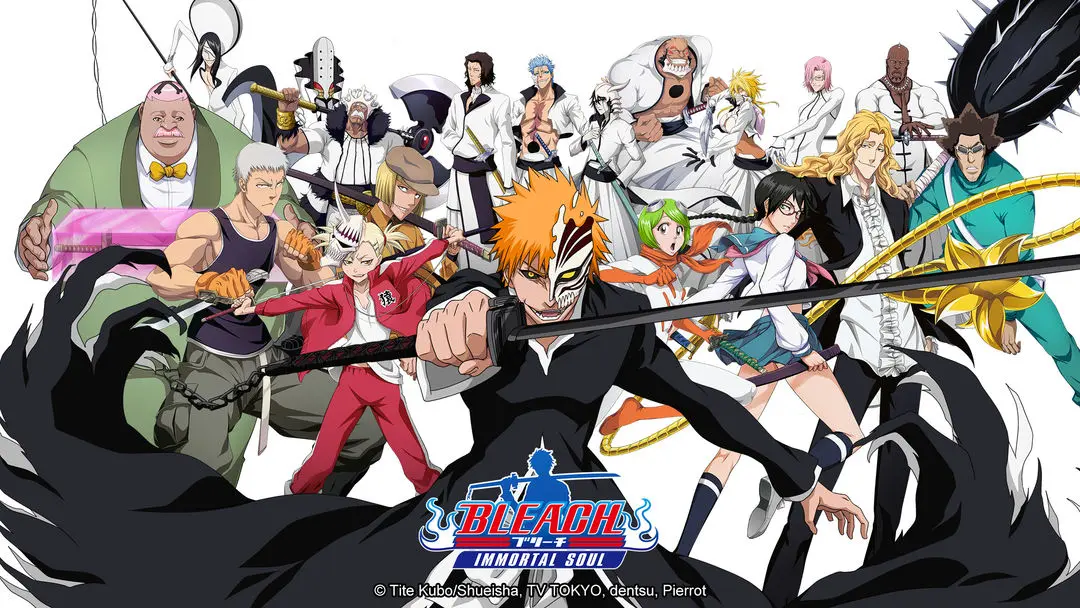
“Bleach,” created by Tite Kubo, is a popular Japanese manga and anime series known for its supernatural themes, intense battles, and intricate world-building. Serialized from 2001 to 2016 in Weekly Shonen Jump, “Bleach” has garnered a dedicated fanbase worldwide.
The series follows the journey of Ichigo Kurosaki, a teenager with the ability to see ghosts, who becomes embroiled in the world of Soul Reapers—spiritual beings responsible for guiding souls to the afterlife and combating evil spirits known as Hollows. This review will explore the plot, themes, characters, and enduring impact of “Bleach.”
The story begins with Ichigo Kurosaki, a high school student with the unique ability to see ghosts. His life changes dramatically when he encounters a Soul Reaper named Rukia Kuchiki, who is injured while hunting a Hollow—a malevolent spirit that devours souls. In a desperate situation, Rukia transfers her Soul Reaper powers to Ichigo, unintentionally turning him into a substitute Soul Reaper.
As a substitute Soul Reaper, Ichigo must now protect the living world from Hollows and help lost souls find peace. Alongside his friends—Orihime Inoue, Yasutora “Chad” Sado, and Uryu Ishida—Ichigo navigates dangerous spiritual realms, battles powerful adversaries, and uncovers the mysteries of his own lineage.
The narrative of “Bleach” unfolds through various story arcs, each introducing new characters, conflicts, and revelations. Key arcs include the Soul Society arc, where Ichigo and his friends journey to the afterlife realm to rescue Rukia from execution;
the Arrancar arc, where they confront powerful Hollows known as Arrancars; and the Thousand-Year Blood War arc, which goes into a war between Soul Reapers and Quincy—a clan of spiritually aware humans with their own abilities.
“Bleach” explores themes of identity and purpose through Ichigo’s journey as a Soul Reaper. Initially reluctant to embrace his new role, Ichigo grapples with questions of duty, destiny, and the true meaning of strength. His interactions with other characters—both allies and enemies—challenge his beliefs and shape his understanding of his place in the spiritual world.
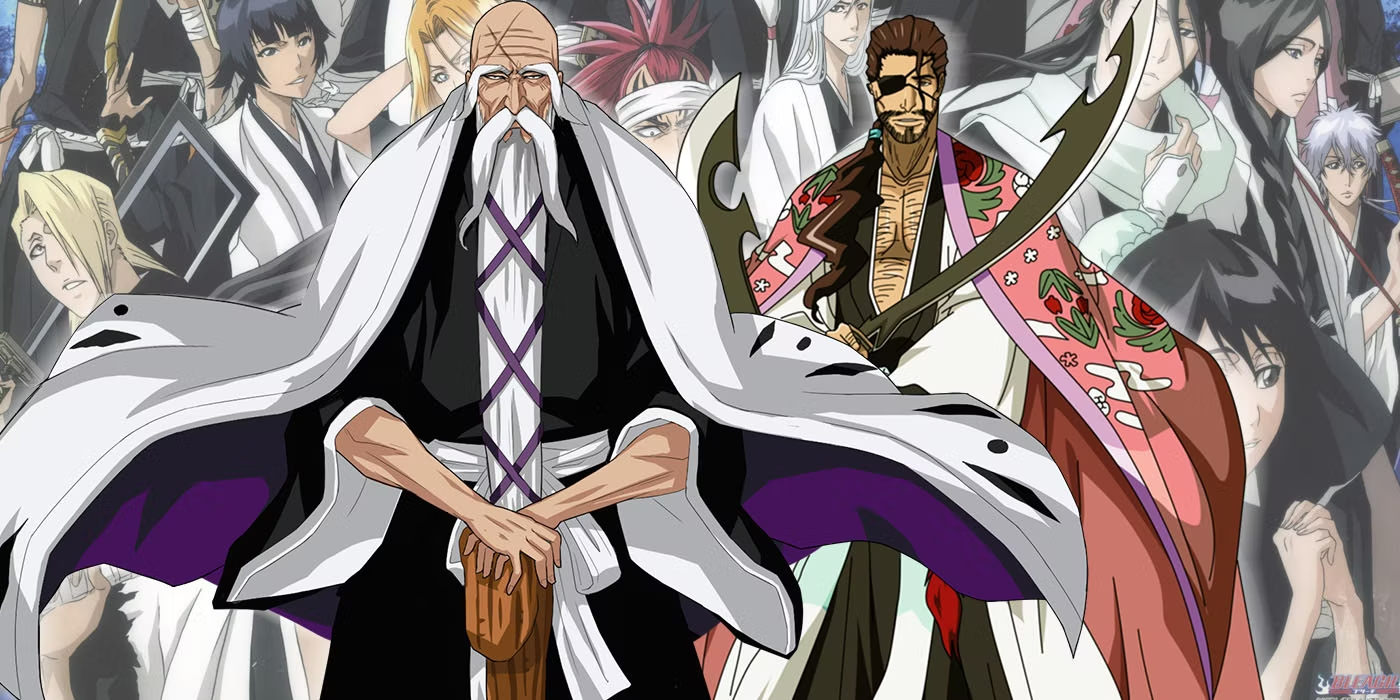
Central to the series is the theme of power and its inherent responsibilities. Soul Reapers wield spiritual powers to protect the balance between the living world and the afterlife. Ichigo’s development as a fighter, leader, and protector reflects his evolving understanding of the consequences of wielding power and the sacrifices required to protect those he cares about.
The bonds forged between characters in “Bleach” are integral to the series’ narrative. Ichigo’s friendships with Rukia, Orihime, Chad, and others deepen through shared experiences, mutual support, and moments of camaraderie amidst battle. These friendships serve as a source of strength and motivation, reinforcing the importance of trust and loyalty in overcoming adversity.
The concept of death and the afterlife is central to “Bleach,” as characters navigate spiritual realms populated by souls, Hollows, and Soul Reapers. The series explores different interpretations of the afterlife, the cycle of reincarnation, and the impact of death on both the living and spiritual worlds.
“Bleach” examines themes of redemption and forgiveness through the struggles of its characters, particularly former enemies who seek to atone for past actions. The series challenges the notion of irredeemable villains, presenting complex narratives that explore the motivations and regrets of antagonists who undergo personal transformations.
Ichigo is the protagonist, known for his orange hair, stubborn demeanor, and innate sense of justice. Initially reluctant to assume the role of a Soul Reaper, Ichigo’s determination to protect his loved ones and uphold his principles drives him to master his spiritual powers and confront formidable adversaries.
Rukia is the Soul Reaper who inadvertently transfers her powers to Ichigo, setting the series’ events in motion. As a member of the noble Kuchiki clan, Rukia balances her duties as a Soul Reaper with her friendships and personal convictions. Her relationship with Ichigo evolves from mentorship to mutual respect and deep friendship.
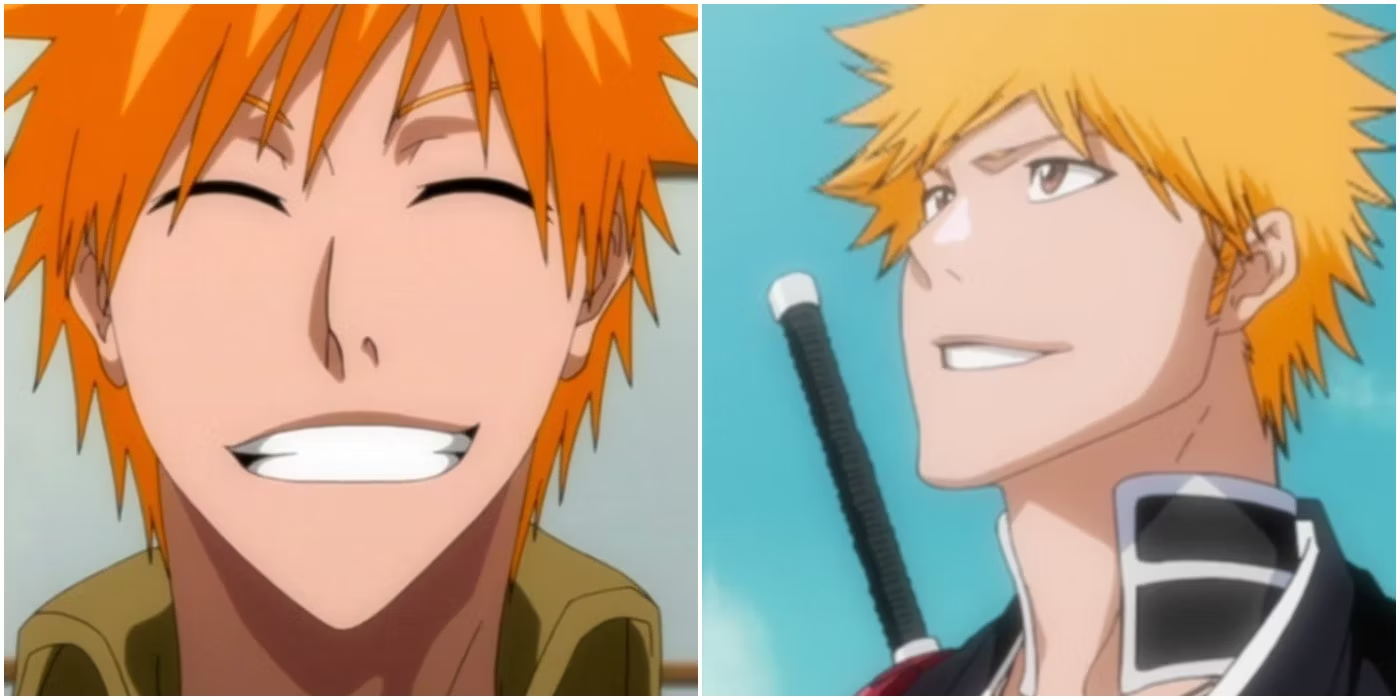
Orihime possesses spiritual abilities that enable her to manipulate energy and heal wounds. Kind-hearted and compassionate, Orihime’s unwavering support for her friends and her desire to protect those she cares about make her a valuable ally in battles against Hollows and other threats.
Chad is Ichigo’s childhood friend with superhuman strength and resilience. Despite his quiet demeanor, Chad’s loyalty to Ichigo and his friends drives him to confront danger head-on, often serving as a stalwart defender in battles against powerful foes.
Uryu is a Quincy—a descendant of a clan of spiritually aware humans who specialize in archery and spiritual techniques. Initially a rival to Ichigo, Uryu’s sense of pride and duty compels him to join forces with the Soul Reapers to combat mutual threats, contributing his skills and knowledge to their cause.
“Bleach” features a diverse cast of characters, including Soul Reapers from various squads, enigmatic spiritual beings, and formidable adversaries such as Hollows and Arrancars. Each character brings their own motivations, backgrounds, and abilities to the series, enriching its narrative depth and thematic exploration.
Tite Kubo’s artwork in “Bleach” is characterized by detailed character designs, elaborate battle sequences, and atmospheric settings that evoke a sense of mystery and danger.
Kubo’s use of dynamic panel layouts, intricate linework, and expressive facial expressions enhances the intensity of action scenes and emotional moments, drawing readers into the series’ supernatural world.
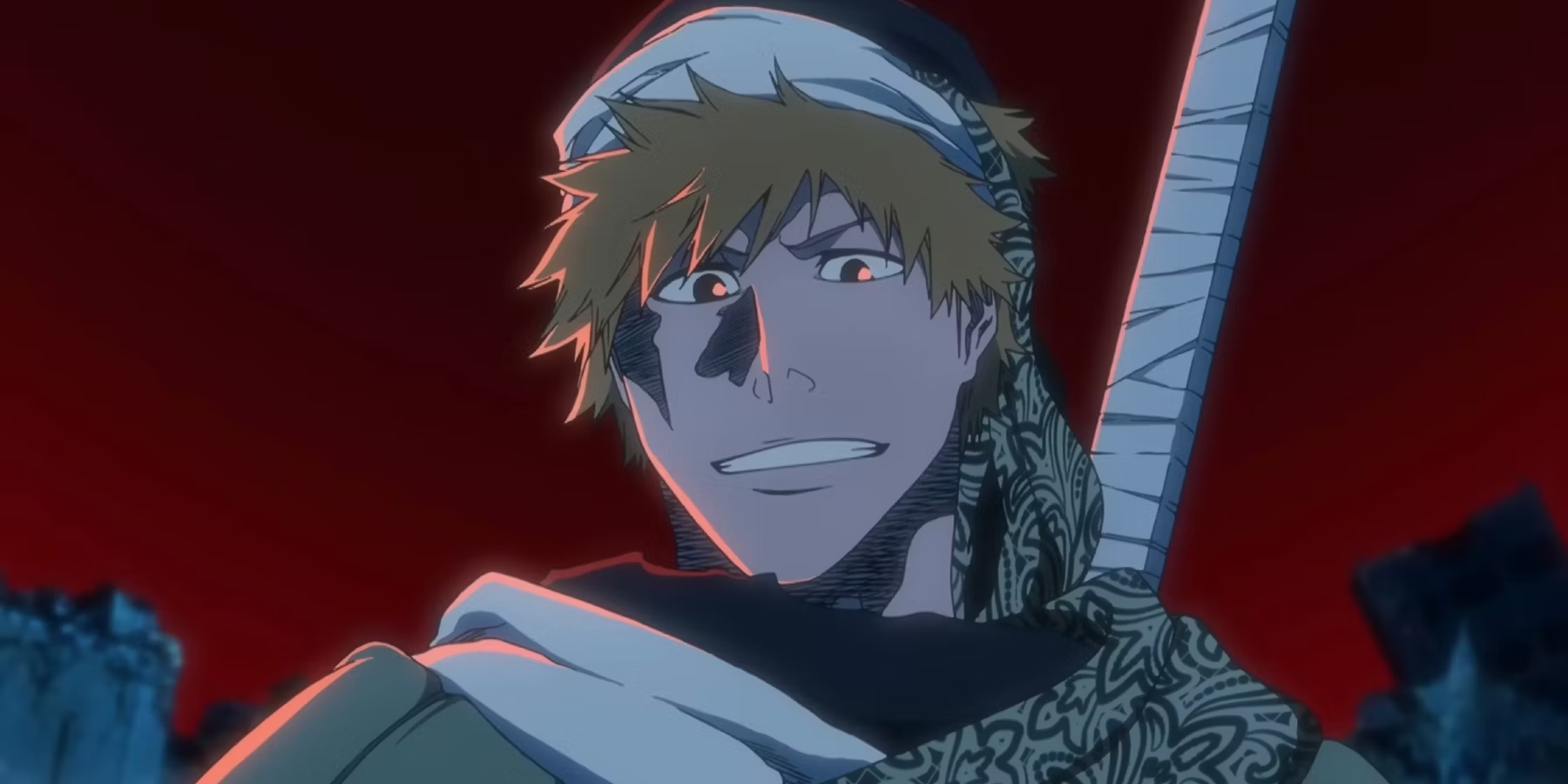
The anime adaptation of “Bleach,” produced by Studio Pierrot, faithfully adapts Kubo’s artwork and storytelling, capturing the series’ distinctive visual style and narrative depth.
The anime’s use of animation, color palettes, and sound design enriches the viewing experience, heightening the impact of key story arcs and character developments.
“Bleach” has garnered widespread acclaim for its engaging storyline, memorable characters, and exploration of spiritual themes. The manga’s serialization and the anime adaptation have attracted a global fanbase, inspiring merchandise, video games, and adaptations into other media formats.
The series’ cultural impact extends beyond Japan, influencing cosplay communities, fan conventions, and discussions within the anime and manga industry.
Critics and fans have praised “Bleach” for its complex characters, intricate plot twists, and themes that resonate with universal human experiences. The series’ exploration of friendship, identity, and the supernatural realm has entertained audiences of all ages, cementing its status as a classic within the shonen genre.
“Bleach” stands as a compelling and enduring work within manga and anime, offering a of supernatural adventure, intense battles, and profound character development.
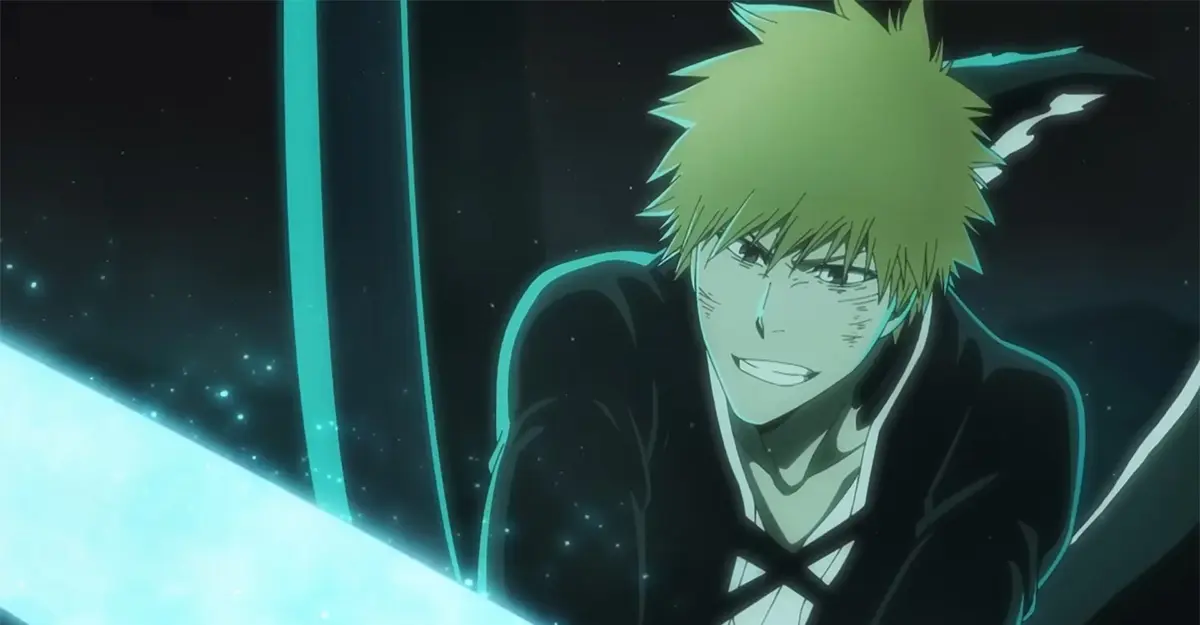
Tite Kubo’s masterful storytelling, combined with vibrant artwork and dynamic animation, creates a world that continues to entertain and inspire fans around the globe.
Whether you are drawn to the supernatural intrigue, the bonds forged through battle, or the exploration of spiritual themes, “Bleach” offers a compelling journey through a realm where the living and spiritual worlds collide.
As Ichigo and his allies confront challenges, uncover secrets, and protect their loved ones, the series remains a testament to the power of determination, friendship, and the enduring legacy of the Soul Reapers.
Certainly! Here’s a detailed review and information on “Dragon Ball,” encompassing both the manga and anime series:
4. Dragon Ball: A Journey of Adventure, Friendship, and Martial Arts
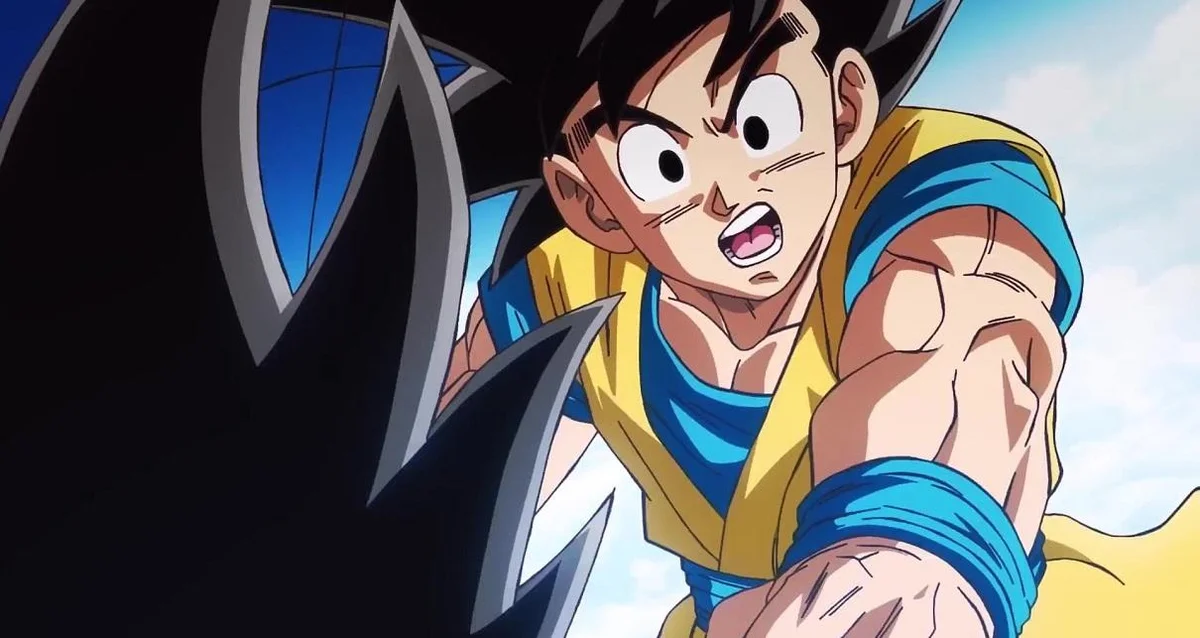
“Dragon Ball,” created by Akira Toriyama, is one of the most iconic and influential manga and anime series in history. Serialized from 1984 to 1995 in Weekly Shonen Jump, “Dragon Ball” has entertained audiences worldwide with its thrilling adventures, memorable characters, and epic battles.
The series spans two main parts: “Dragon Ball,” which focuses on the adventures of Goku in his youth, and “Dragon Ball Z,” which follows Goku into adulthood and explores more cosmic and powerful threats. This review will explore the plot, themes, characters, and impact of “Dragon Ball.”
The story begins with a young and adventurous boy named Goku, who possesses incredible martial arts skills and a mysterious tail. Raised in the mountains by his adoptive grandfather, Gohan,
Goku’s peaceful life is disrupted when he meets Bulma, a brilliant inventor searching for the seven mystical Dragon Balls that can summon a wish-granting dragon, Shenron. Together, Goku and Bulma go on a quest to collect all seven Dragon Balls, encountering friends and foes along the way.
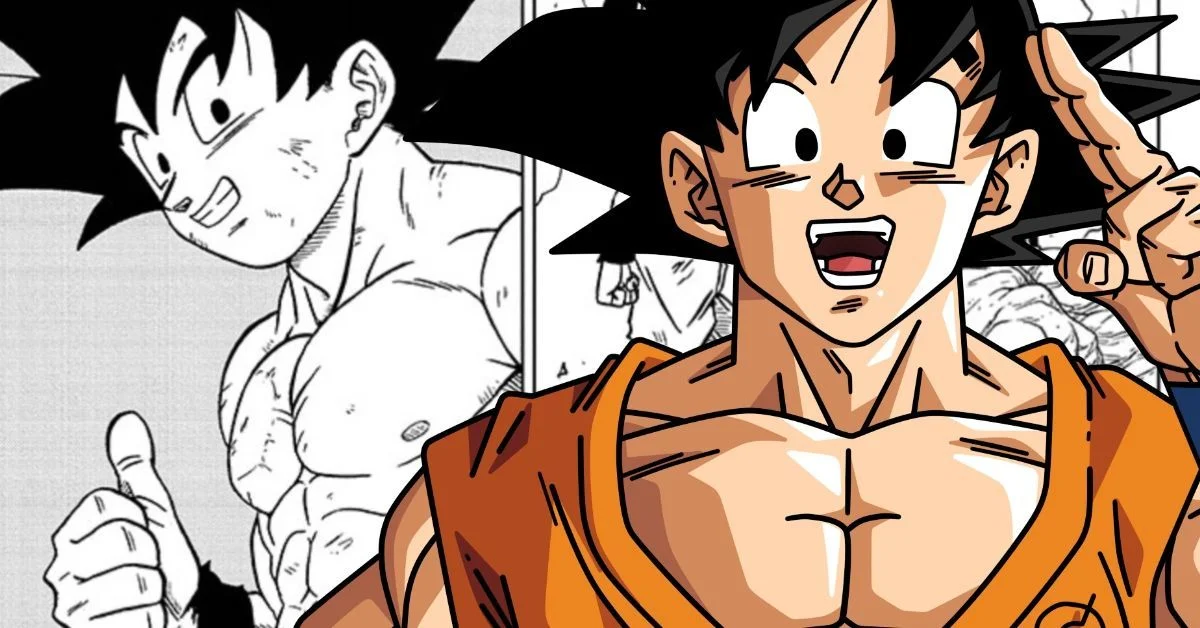
As the series progresses, Goku trains under various martial arts masters, participates in tournaments, and faces increasingly powerful adversaries, including the Red Ribbon Army, Piccolo Daimao, and the Saiyans.
The narrative transitions into “Dragon Ball Z,” where Goku discovers his extraterrestrial heritage as a Saiyan warrior and confronts powerful enemies from across the galaxy, such as Frieza, Cell, and Majin Buu.
The themes of courage, determination, and the pursuit of strength are central to Goku’s journey, as he continually strives to protect his loved ones and surpass his own limits through rigorous training and battles.
“Dragon Ball” emphasizes the importance of courage and determination in the face of adversity. Goku’s unwavering resolve to protect Earth and his friends motivates him to push beyond his limits, even when confronted with seemingly insurmountable challenges.
Friendship plays a significant role throughout “Dragon Ball,” as Goku forms deep bonds with allies such as Bulma, Krillin, Master Roshi, and later, Vegeta and Piccolo. The series explores the power of teamwork, loyalty, and the strength derived from supporting one another during times of crisis.
The series goes into themes of power and responsibility as Goku and other characters grapple with the consequences of their actions. As one of the most powerful warriors in the universe, Goku must balance his desire to grow stronger with his duty to protect the innocent and uphold justice.
“Dragon Ball Z” introduces themes of identity and heritage through Goku’s discovery of his Saiyan origins and the legacy of his warrior race. Goku’s dual identity as both an Earthling and a Saiyan influences his worldview and shapes his understanding of family, duty, and personal growth.
Several characters in “Dragon Ball,” such as Piccolo, Vegeta, and even former villains like Tien and Yamcha, undergo journeys of redemption and growth. The series explores how individuals can change, evolve, and find redemption through introspection, self-discovery, and acts of heroism.
Goku is the series’ protagonist, known for his cheerful demeanor, insatiable appetite, and boundless strength. Initially depicted as a naive and carefree child, Goku matures into a formidable warrior and compassionate protector of Earth.
His journey from a humble martial artist to a legendary Super Saiyan symbolizes the series’ themes of growth, resilience, and the pursuit of excellence.
Bulma is a brilliant inventor and Goku’s first companion on his quest for the Dragon Balls. As the series progresses, Bulma becomes a central figure in Goku’s adventures, providing technological support, strategic insight, and comedic relief amidst the chaos of battle.
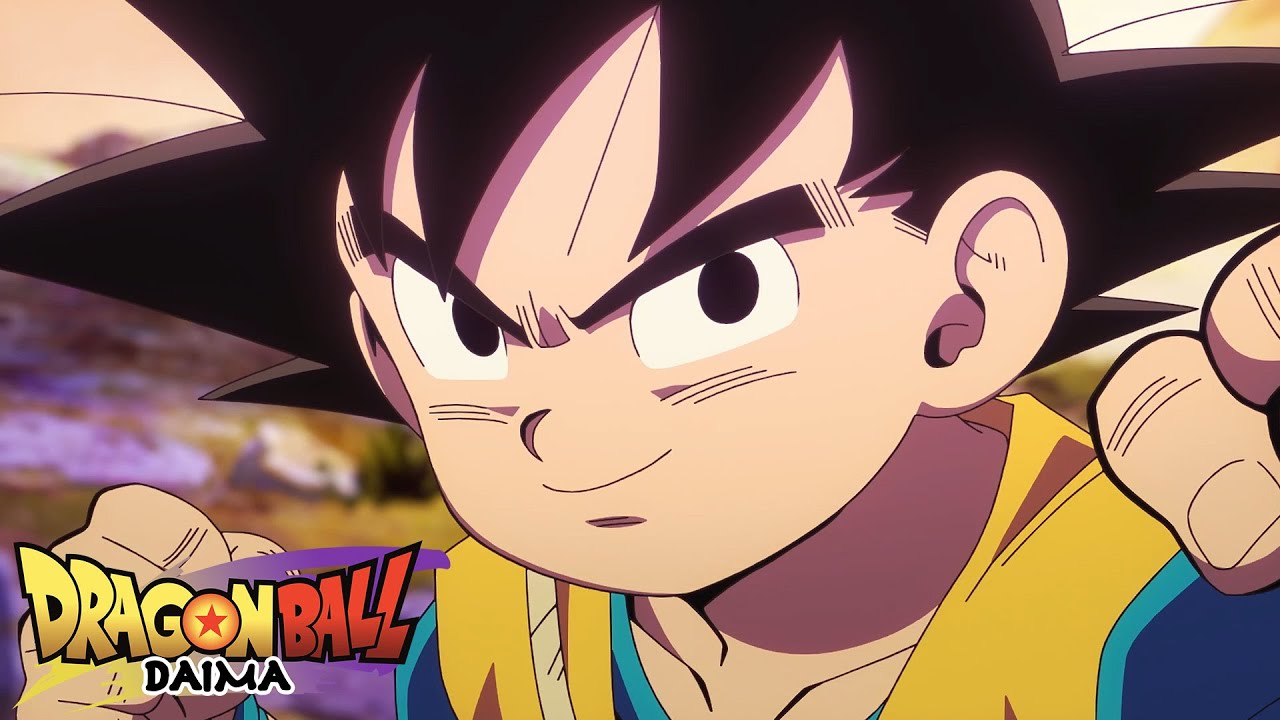
Vegeta is the prince of the Saiyan race and initially Goku’s rival, driven by a fierce desire to surpass Goku’s strength and reclaim his honor. Over time, Vegeta evolves from an antagonist to a reluctant ally, forging a complex relationship with Goku based on mutual respect and shared experiences in battle.
Piccolo is a Namekian warrior and former adversary of Goku, originally spawned as an incarnation of the villainous King Piccolo. Through his interactions with Goku and his son, Gohan, Piccolo undergoes a transformation from a vengeful antagonist to a protective mentor and guardian of Earth.
“Dragon Ball” features a diverse cast of allies, including Krillin, Goku’s lifelong friend and fellow martial artist; Master Roshi, the wise and eccentric Turtle Hermit who trains Goku and Krillin; and other supporting characters who contribute to the series’ humor, drama, and action-packed adventures.
Akira Toriyama’s artwork in “Dragon Ball” is characterized by its distinct character designs, dynamic action sequences, and whimsical humor.
Toriyama’s use of expressive facial expressions, exaggerated movements, and intricate battle choreography enhances the series’ visual appeal and comedic timing, making it a compelling read for manga enthusiasts.
The anime adaptation of “Dragon Ball,” produced by Toei Animation, faithfully adapts Toriyama’s artwork and storytelling, capturing the series’ vibrant colors, high-energy fight scenes, and memorable soundtracks.
The anime’s use of animation techniques, voice acting, and musical scores heightens the emotional impact of key moments and epic battles, immersing viewers in Goku’s world of martial arts and supernatural powers.
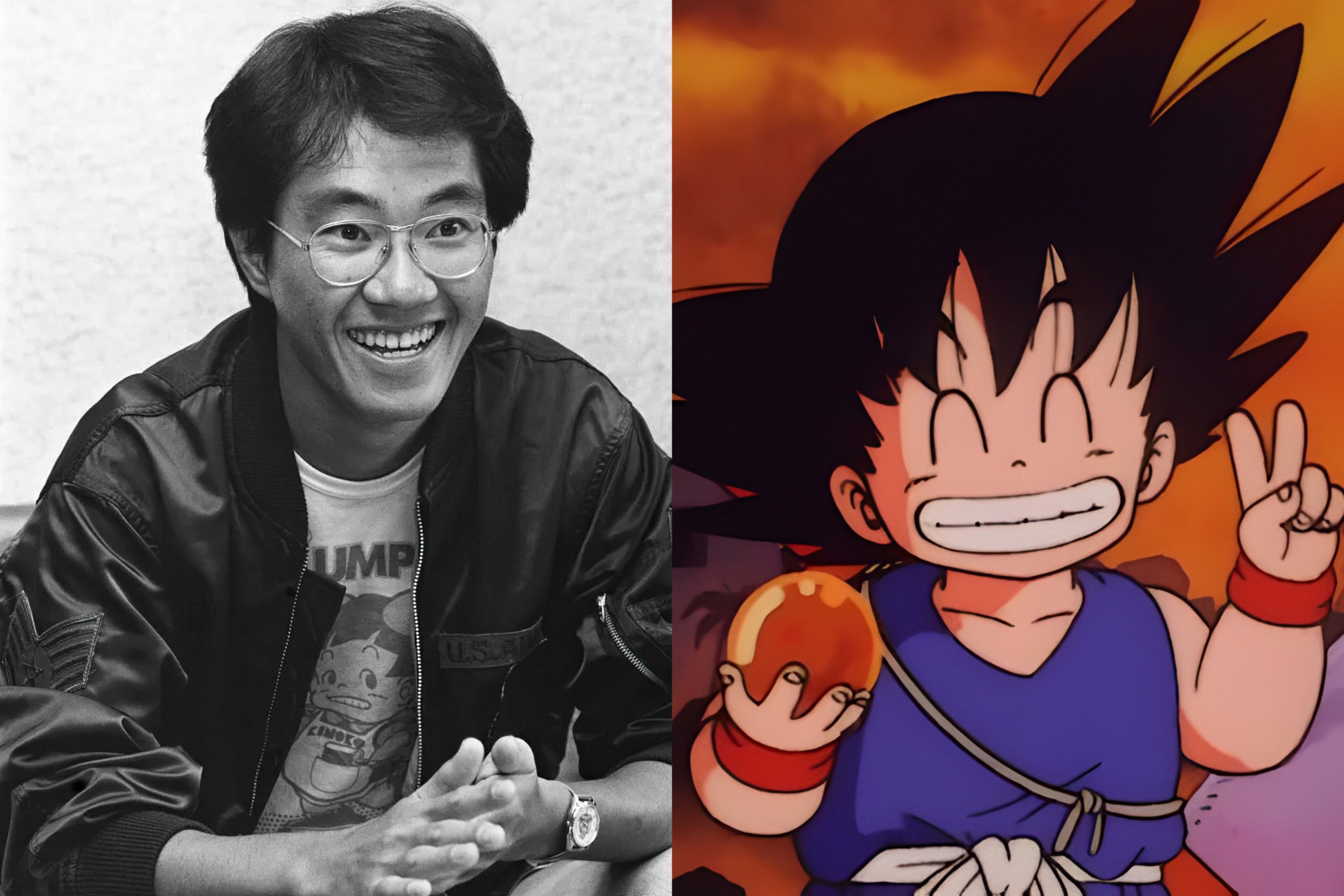
“Dragon Ball” has left an indelible mark on popular culture, inspiring multiple anime adaptations, films, video games, merchandise, and a dedicated fanbase around the globe. The series’ influence extends beyond manga and anime, influencing other media genres and contributing to the global popularity of Japanese pop culture.
Critics and fans alike have praised “Dragon Ball” for its engaging storyline, memorable characters, and timeless themes of heroism, friendship, and the pursuit of personal growth.
The series’ ability to blend action-packed battles with humor, character-driven narratives, and moral dilemmas has resonated with audiences of all ages, cementing its status as a classic within the anime and manga industry.
“Dragon Ball” remains a seminal work in manga and anime, offering a entertaining journey through a world of martial arts, mythical creatures, and larger-than-life battles.
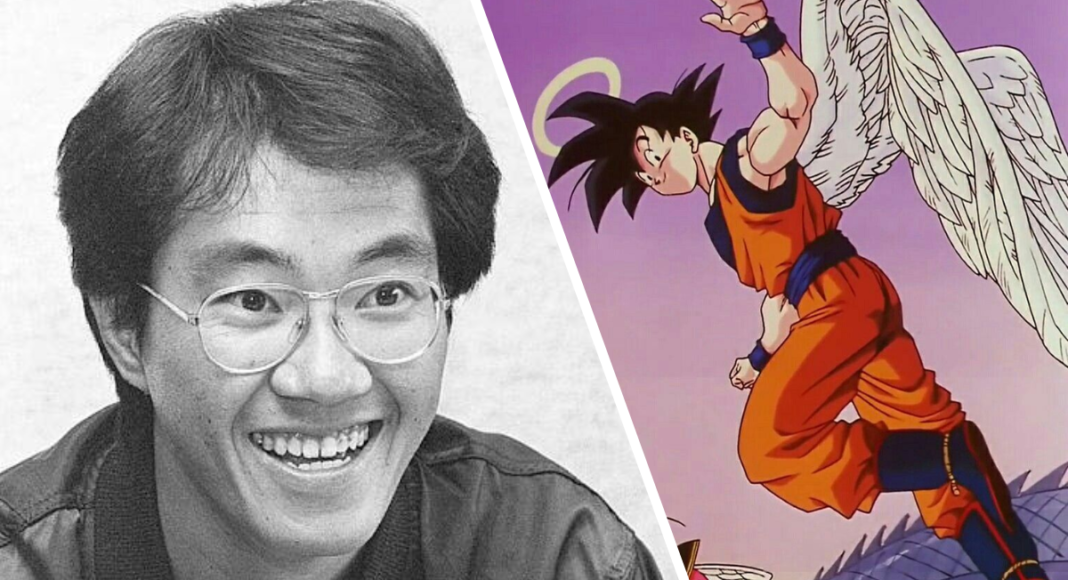
Akira Toriyama’s imaginative storytelling, combined with vibrant artwork and dynamic animation, has created a cultural phenomenon that continues to entertain and inspire generations of fans worldwide.
Whether you are drawn to the series’ thrilling combat scenes, heartfelt character development, or its exploration of themes such as friendship and personal growth, “Dragon Ball” offers a compelling narrative that celebrates the power of courage, camaraderie, and the enduring spirit of adventure.
As Goku and his allies face new challenges, confront powerful adversaries, and unlock their true potential, the series remains a testament to the enduring legacy of one of manga’s most beloved franchises.
5. Death Note: A Psychological Thriller of Cat and Mouse
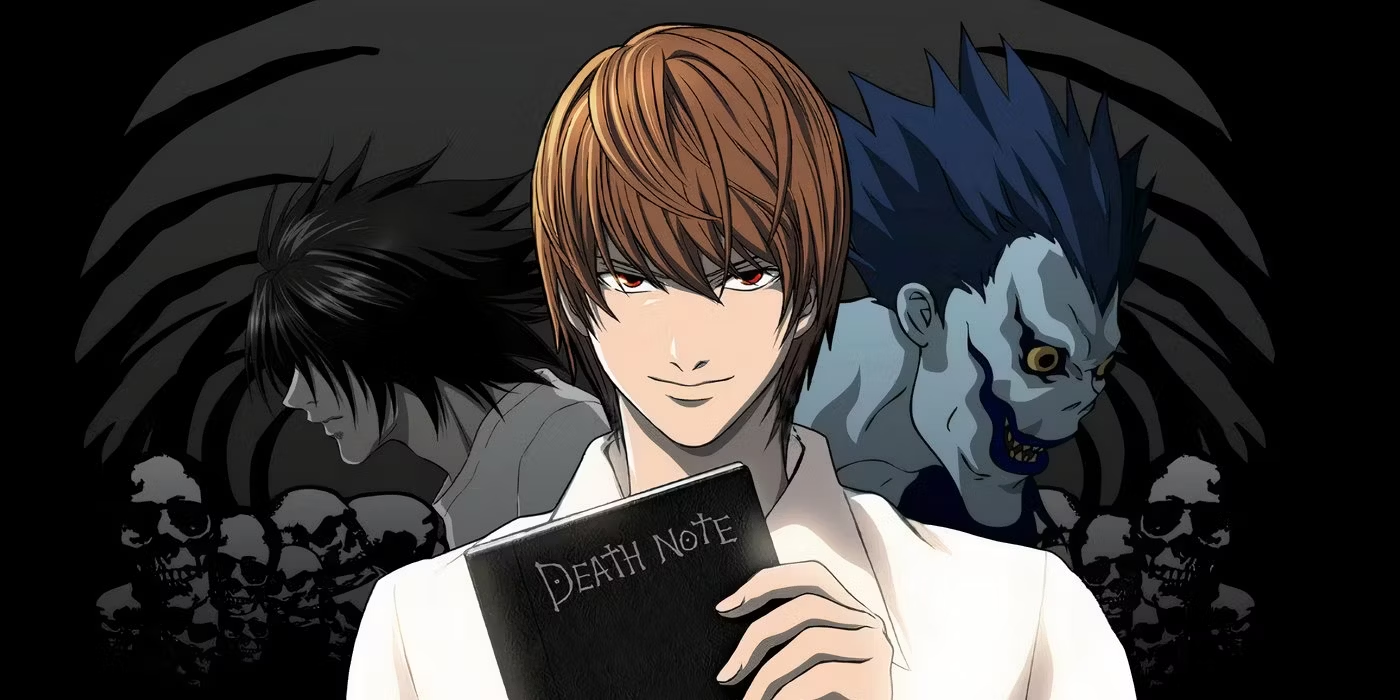
“Death Note,” a manga series written by Tsugumi Ohba and illustrated by Takeshi Obata, entertained audiences with its unique blend of psychological suspense, moral ambiguity, and intense cat-and-mouse gameplay.
Serialized from 2003 to 2006, the manga was adapted into an anime series that aired from 2006 to 2007, gaining widespread acclaim for its gripping narrative and thought-provoking themes. This review will go into the plot, characters, themes, and impact of “Death Note” as an anime.
The story centers on Light Yagami, a highly intelligent high school student who stumbles upon a mysterious notebook known as the Death Note. This notebook grants its wielder the power to kill anyone whose name they write in it, provided they have seen the person’s face.
Intrigued by Death Note’s supernatural abilities and disillusioned with the state of the world, Light goes on a mission to rid society of criminals and create a utopia under his self-proclaimed justice as the “god” of a new world.
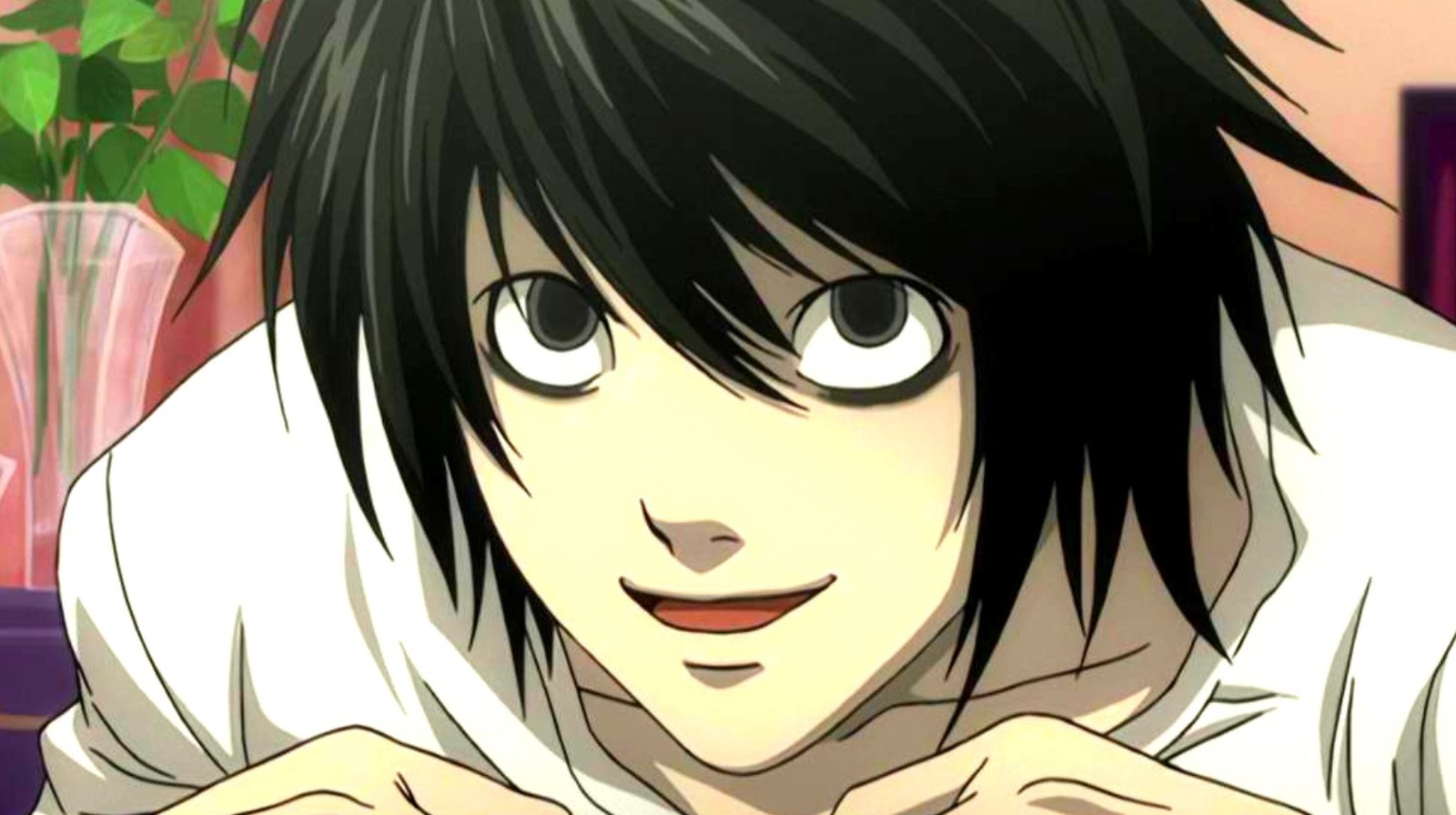
As Light’s actions attract global attention, he draws the interest of authorities, including the enigmatic detective known only as “L.” L is a master detective with unmatched deductive skills and a keen intellect, who becomes determined to uncover the identity of the mysterious vigilante known as “Kira” (Light’s alias) and bring him to justice.
What ensues is a high-stakes game of wits and deception between Light and L, each employing elaborate strategies, psychological manipulation, and ethical dilemmas to outsmart the other. The narrative intensifies as Light’s pursuit of his vision clashes with L’s pursuit of justice, leading to unexpected alliances, betrayals, and moral compromises.
“Death Note” explores complex themes of justice and morality through Light’s transformation from a righteous idealist to a ruthless vigilante. Light’s belief in his own version of justice raises questions about the nature of right and wrong, the abuse of power, and the ethical implications of playing god with the Death Note.
The series goes into the consequences of power and hubris as Light’s god-like abilities with the Death Note fuel his ambition and sense of invincibility. His escalating thirst for control and dominance over life and death serves as a cautionary tale about the corrupting influence of absolute power.
Identity and deception are central themes in “Death Note,” as both Light and L navigate a web of secrets, aliases, and hidden agendas. The series explores how individuals manipulate perceptions, conceal their true identities, and exploit vulnerabilities to achieve their goals, blurring the lines between heroism and villainy.
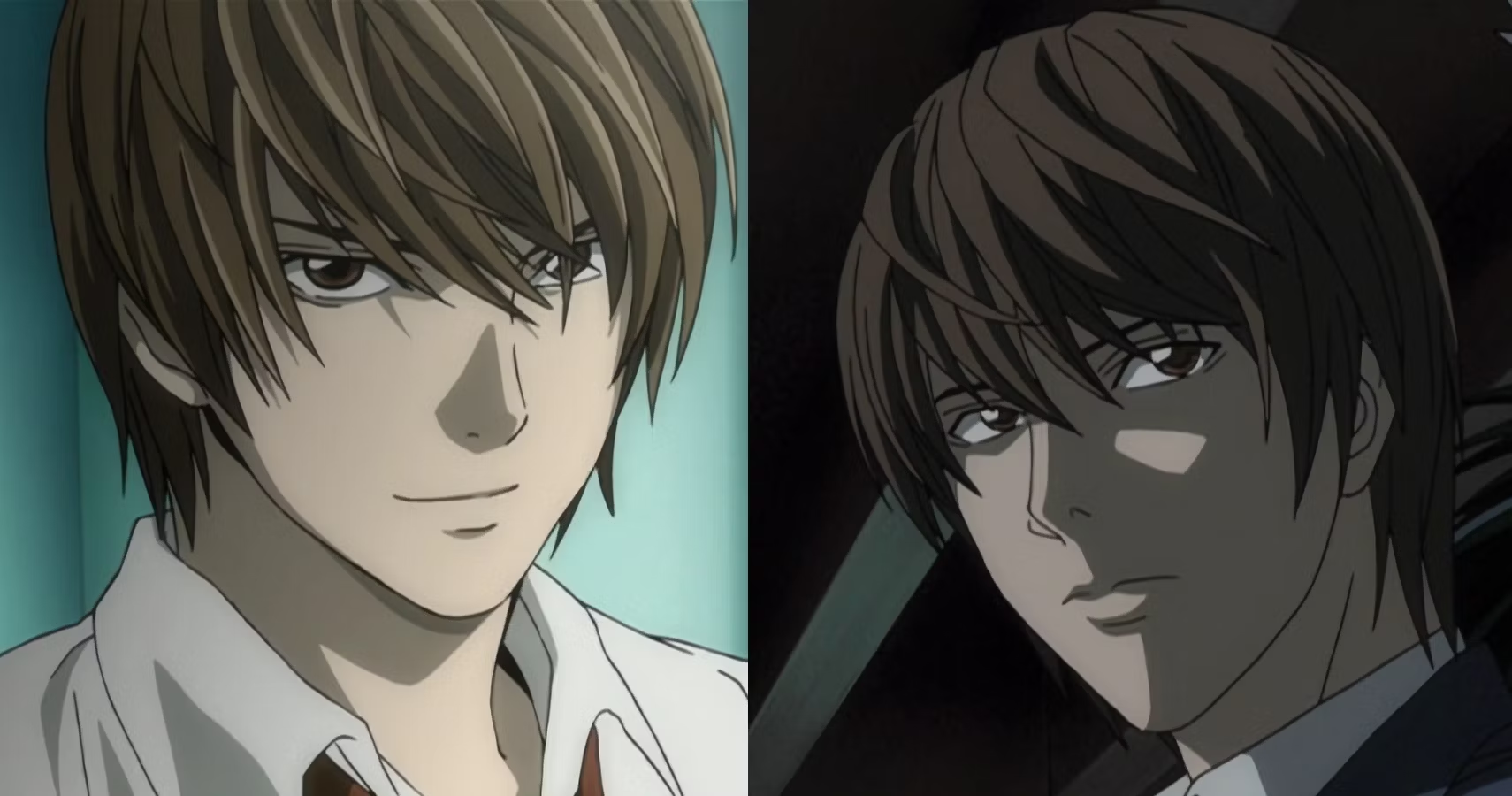
“Death Note” showcases intellectual prowess and strategic thinking as key components of the narrative. Light and L engage in a battle of intellects, utilizing deductive reasoning, psychological profiling, and tactical maneuvers to gain the upper hand in their relentless pursuit of each other.
The concept of fate versus free will is examined through the characters’ decisions and the consequences of their actions. Light’s belief in his predetermined destiny as Kira contrasts with L’s belief in the power of individual agency and the ability to shape one’s own fate, highlighting existential themes of choice and accountability.
Light is the series’ protagonist and antagonist, depending on perspective, whose intelligence, charisma, and moral ambiguity drive the plot. Initially portrayed as an idealistic student disillusioned with society’s failings, Light’s acquisition of the Death Note transforms him into a calculating and morally conflicted figure whose pursuit of justice blurs into tyranny.
L is the enigmatic and eccentric detective tasked with capturing Kira, whose unorthodox methods and deductive genius make him a formidable adversary for Light. L’s commitment to justice, coupled with his inscrutable personality and unyielding pursuit of the truth, creates a compelling foil to Light’s cunning and manipulation.
Ryuk is a Shinigami (death god) who originally owns the Death Note and serves as an observer of Light’s actions. His detached demeanor and dark sense of humor provide commentary on the consequences of Light’s choices and the ethical implications of wielding the Death Note’s power.
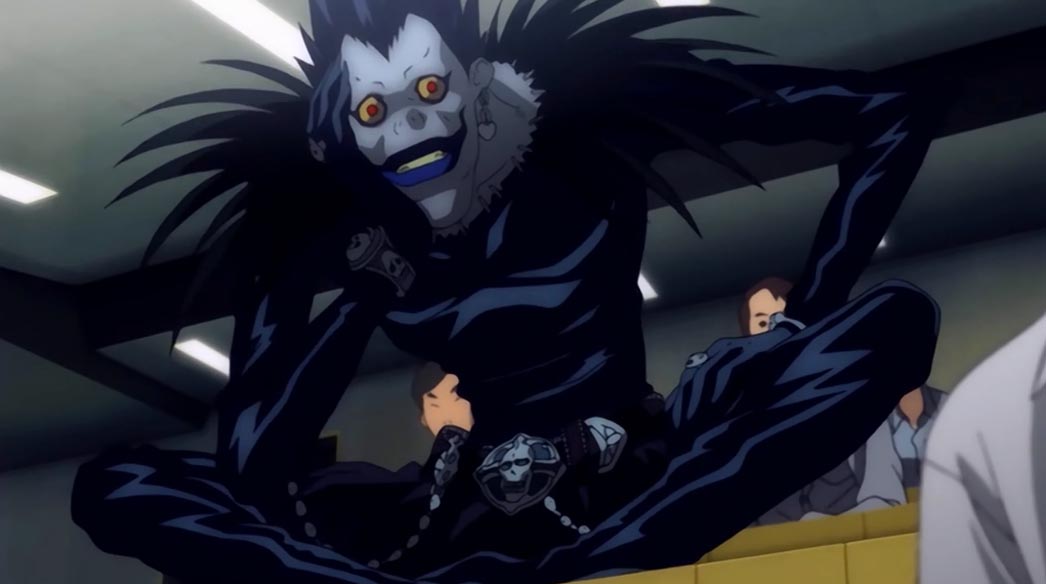
“Death Note” features a diverse cast of supporting characters, including law enforcement officials, government agents, and individuals influenced by Kira’s actions. Each character contributes to the series’ narrative depth and moral complexity, reflecting different perspectives on justice, morality, and the pursuit of truth.
Takeshi Obata’s artwork in the “Death Note” manga is renowned for its detailed character designs, expressive facial expressions, and atmospheric compositions that heighten the series’ suspense and psychological tension.
The anime adaptation, produced by Madhouse Studios, faithfully translates Obata’s artwork into dynamic animation, capturing the series’ dark and moody aesthetic, fluid action sequences, and cinematic storytelling.
“Death Note” has garnered widespread critical acclaim for its gripping storyline, complex characters, and exploration of ethical dilemmas and moral ambiguity. The series’ philosophical themes, psychological depth, and narrative twists have resonated with audiences, earning it a dedicated fanbase and accolades within the
anime and manga community.
The anime adaptation of “Death Note” further solidified its status as a cultural phenomenon, inspiring live-action films, spin-off media, and adaptations into other formats. Its enduring legacy continues to influence popular culture, discussions on justice and morality, and the portrayal of intellectual conflict in storytelling.
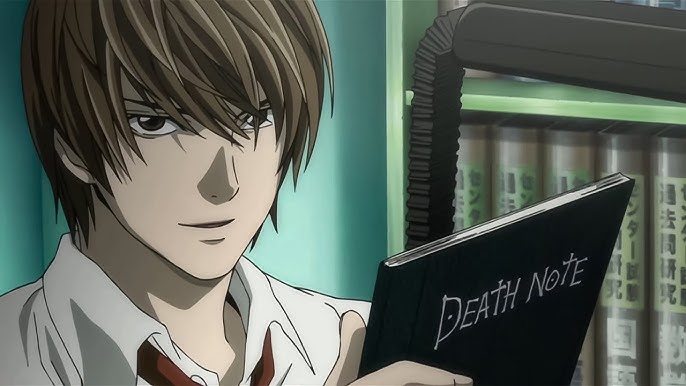
“Death Note” stands as a seminal work in anime and manga, offering a riveting exploration of power, justice, and the human psyche through the intense rivalry between Light Yagami and L. Tsugumi Ohba’s masterful storytelling;
combined with Takeshi Obata’s evocative artwork and Madhouse Studios’ atmospheric animation, creates a compelling narrative that challenges viewers to ponder the consequences of one’s actions and the limits of moral certainty.
Whether you are drawn to its cerebral battles of wits, its exploration of moral gray areas, or its profound thematic depth, “Death Note” remains a thought-provoking and enduring classic that continues to entertain go audiences with its timeless examination of the price of ambition and the allure of absolute power.
6. Attack on Titan: A Dark Fantasy Epic of Humanity’s Struggle for Survival
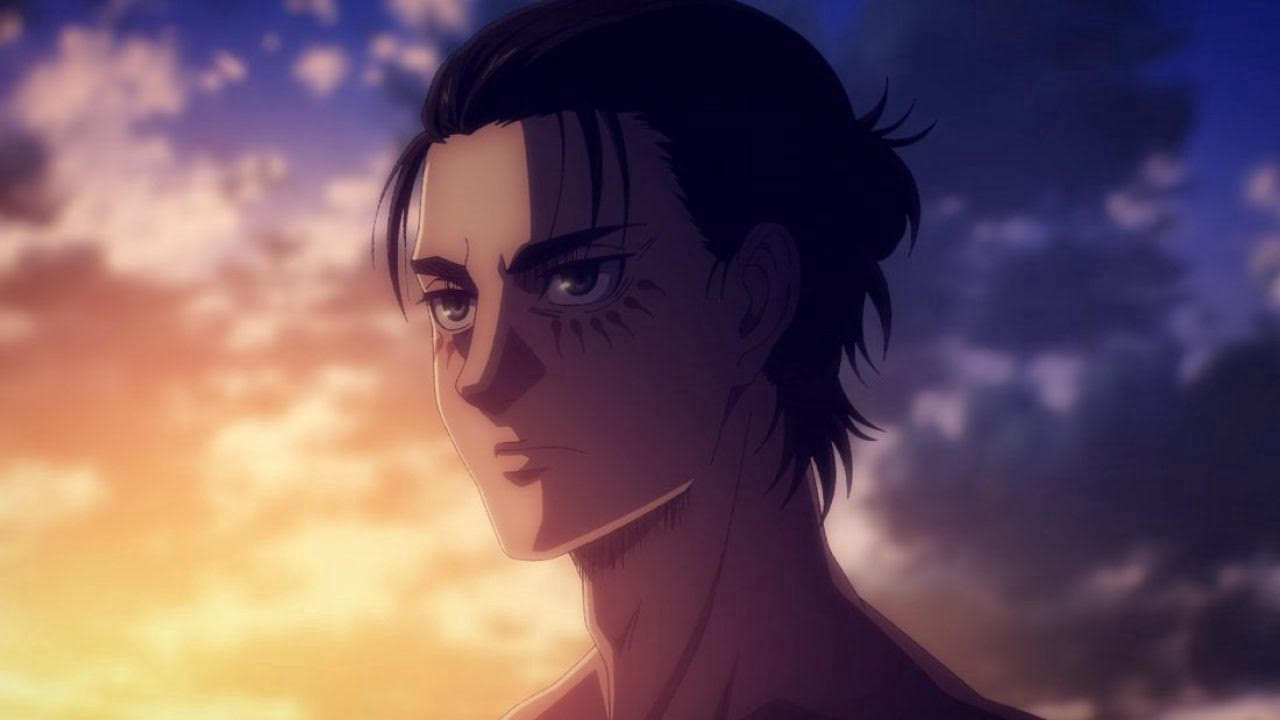
“Attack on Titan,” created by Hajime Isayama, is a dark fantasy manga series that has entertained readers worldwide since its debut in 2009.
Known for its intense action, complex characters, and thought-provoking themes, the series explores humanity’s desperate fight for survival against gigantic humanoid creatures known as Titans. This review goes into the plot, characters, themes, and impact of “Attack on Titan” as a manga.
The story is set in a world where humanity resides within enormous walled cities to protect themselves from Titans, colossal beings that devour humans without reason.
The narrative follows Eren Yeager, his adoptive sister Mikasa Ackerman, and their friend Armin Arlert, who live in the outermost walled city, Shiganshina. Their lives change dramatically when a colossal Titan breaches the outer wall, leading to a catastrophic invasion that forces humanity to confront its greatest fears.
As the trio joins the military to fight against the Titans, they uncover dark secrets about the Titans’ origins, the true history of their world, and the mysteries surrounding the walls themselves.
The story evolves into a gripping tale of survival, betrayal, and the relentless pursuit of truth amidst escalating conflicts between humanity and both Titans and internal factions.

“Attack on Titan” explores existential themes of fear, desperation, and the struggle for survival in a world besieged by monstrous adversaries. The fear of the Titans, combined with the psychological toll of living under constant threat, drives the characters to confront their deepest anxieties and question the meaning of their existence.
The series goes into themes of freedom and oppression as humanity battles against the Titans and contends with internal political strife. The oppressive regime within the walls and the revelation of hidden agendas challenge characters to reconsider their allegiances and fight for a future where they can live free from fear and tyranny.
“Attack on Titan” examines themes of identity and self-discovery as characters confront their pasts, grapple with their destinies, and strive to define themselves amidst chaos and uncertainty. Eren, Mikasa, and Armin undergo profound transformations as they uncover their true origins and wrestle with the consequences of their choices.
The series explores moral ambiguity and the ethical dilemmas faced by characters who must make life-and-death decisions in the name of survival. The consequences of their actions, including sacrifice, betrayal, and redemption, highlight the complex nature of morality in a world where survival often necessitates difficult choices.

“Attack on Titan” portrays the brutal realities of war, depicting harrowing battles, loss of life, and the devastating impact of conflict on individuals and society. The series examines the psychological and emotional toll of warfare as characters navigate trauma, grief, and the quest for justice amidst the chaos of battle.
Eren is the series’ protagonist, driven by a deep-seated hatred for Titans following the loss of his mother during the initial Titan invasion. Determined to eradicate the Titans and uncover the truth behind their existence, Eren’s unwavering resolve and reckless determination propel the plot forward as he grapples with his evolving Titan abilities and the weight of his responsibilities.
Mikasa is Eren’s adoptive sister and a highly skilled soldier known for her exceptional combat prowess and unwavering loyalty to Eren. As one of the series’ central characters, Mikasa undergoes personal growth as she confronts her traumatic past, wrestles with her feelings for Eren, and finds her place in humanity’s struggle against the Titans.
Armin is Eren and Mikasa’s childhood friend and a strategic genius whose intellect and resourcefulness make him an invaluable asset to the Survey Corps. Throughout the series, Armin grapples with self-doubt, confronts his fears, and emerges as a key strategist in humanity’s battle against the Titans, embodying themes of courage, sacrifice, and the pursuit of knowledge.
“Attack on Titan” features a diverse cast of supporting characters, including Levi Ackerman, a skilled soldier known as humanity’s strongest warrior; Erwin Smith, the charismatic and determined commander of the Survey Corps; and other soldiers, allies, and adversaries who contribute to the series’ narrative depth and emotional resonance.

Hajime Isayama’s artwork in “Attack on Titan” is characterized by its gritty aesthetic, dynamic action sequences, and detailed character designs that capture the intensity and brutality of combat against the Titans. Isayama’s use of panel layout, cinematic storytelling, and visceral imagery enhances the series’ sense of urgency, suspense, and emotional impact, drawing readers into its dystopian world of towering walls and relentless Titans.
“Attack on Titan” has garnered widespread critical acclaim for its compelling storyline, complex characters, and exploration of existential themes and moral dilemmas. The manga’s success has spawned multiple anime adaptations, spin-off media, merchandise, and a global fanbase that continues to celebrate its dark fantasy elements, philosophical depth, and narrative twists.
The anime adaptation of “Attack on Titan,” produced by Wit Studio and later MAPPA, has further amplified the series’ popularity with its stunning animation, epic battle sequences, and atmospheric soundtrack that heighten the manga’s emotional intensity and visceral storytelling.
The series’ cultural impact extends beyond manga and anime, influencing discussions on storytelling, fandom engagement, and the portrayal of dystopian societies in popular media.
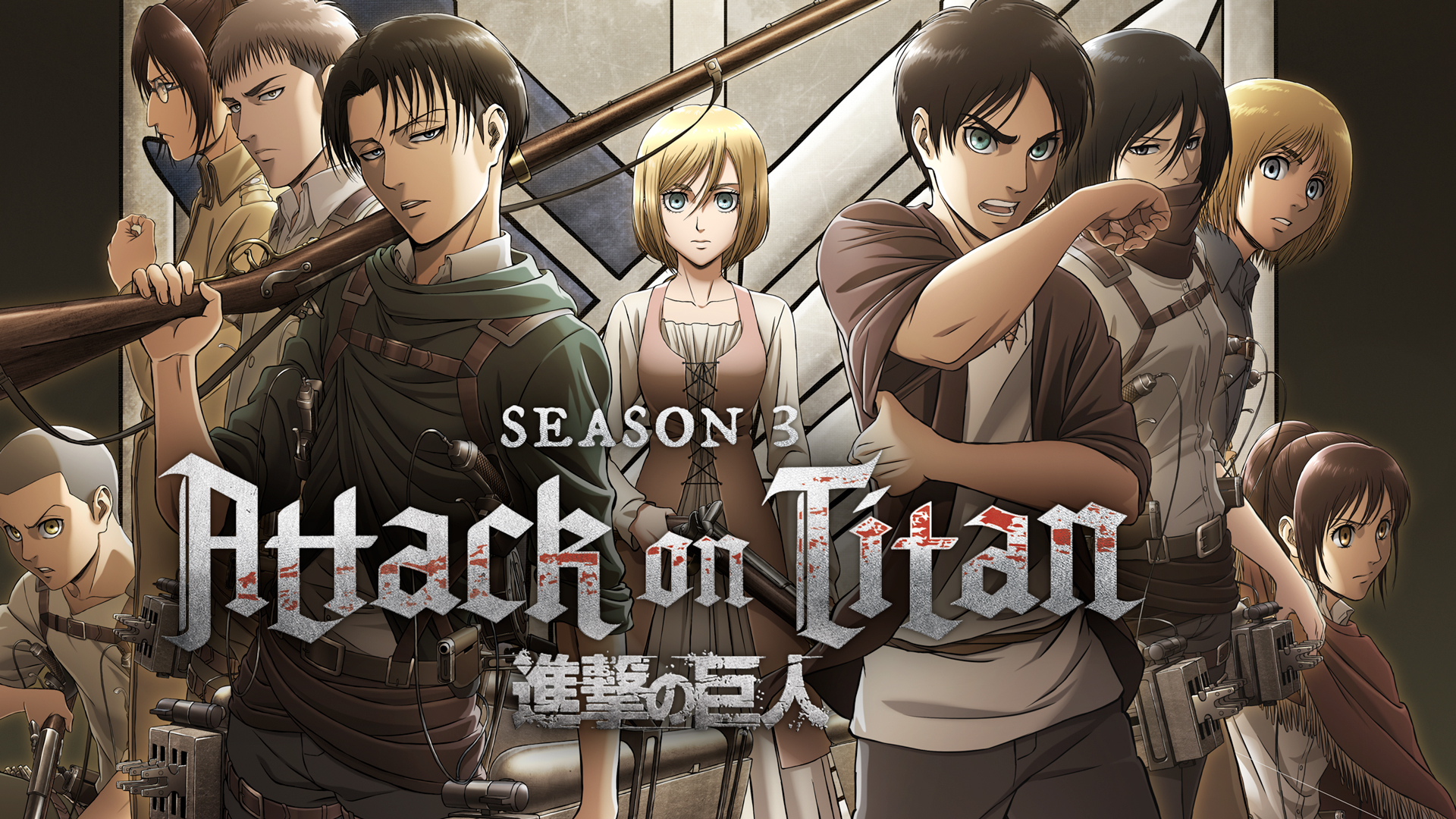
“Attack on Titan” stands as a landmark in manga and anime, offering a compelling narrative that blends dark fantasy, dystopian themes, and profound philosophical inquiries into the nature of humanity and its capacity for survival.
Hajime Isayama’s masterful storytelling, combined with evocative artwork and memorable characters, creates a gripping saga that challenges readers to confront their fears, confront their ideals, and confront their ideals.
Whether you are drawn to its epic battles, its exploration of moral complexity, or its examination of human resilience in the face of overwhelming adversity, “Attack on Titan” remains a poignant and unforgettable journey through a world where the line between hero and villain is often blurred, and the pursuit of truth comes at a harrowing cost.
7. Fullmetal Alchemist: Brotherhood: Highest Rated Anime
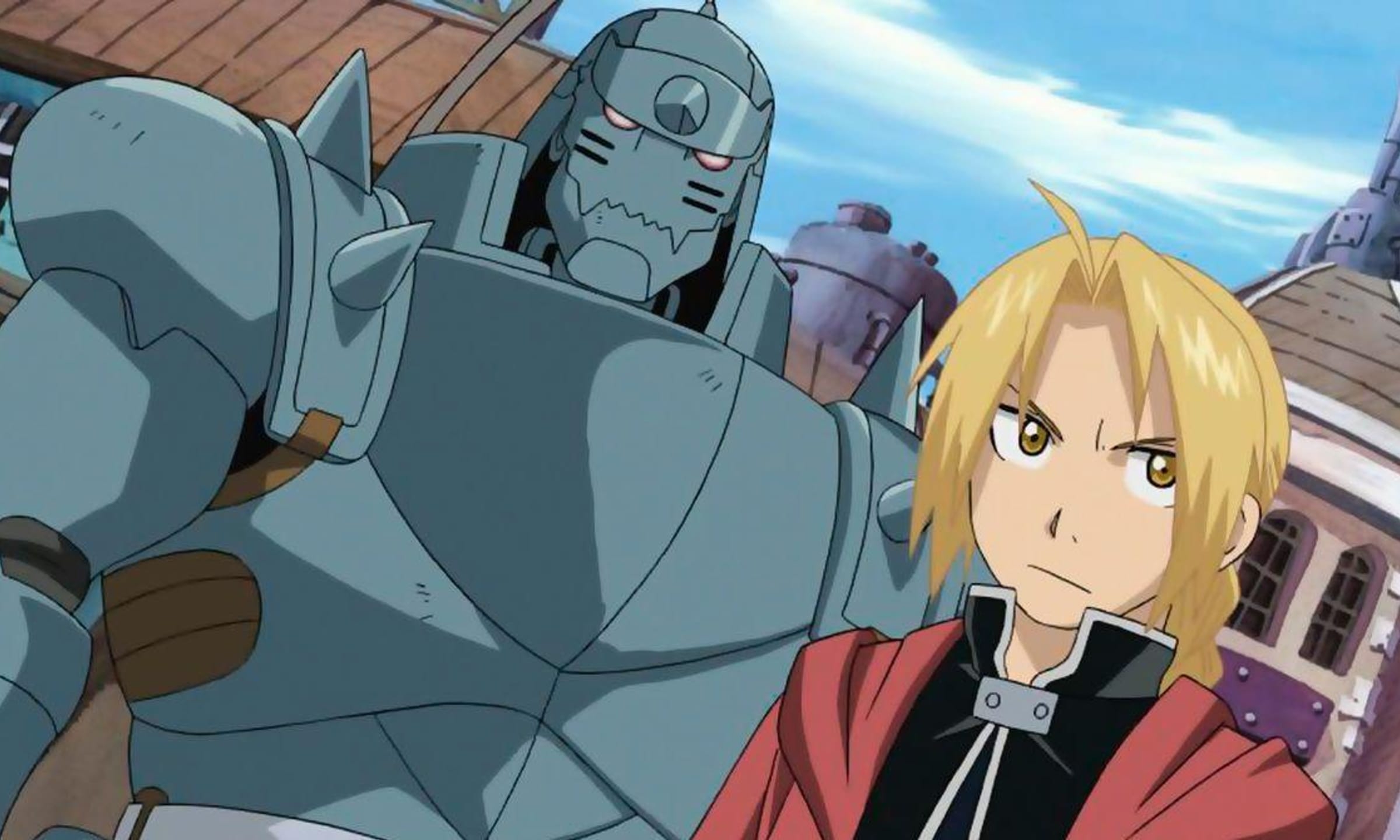
“Fullmetal Alchemist: Brotherhood” is an anime series based on the manga “Fullmetal Alchemist” by Hiromu Arakawa. It was produced by Studio Bones and aired from April 2009 to July 2010. Here’s a detailed review and information on “Fullmetal Alchemist: Brotherhood”:
“Fullmetal Alchemist: Brotherhood” is widely acclaimed as one of the greatest anime series ever created, praised for its compelling narrative, well-developed characters, intricate world-building, and thought-provoking themes.
It is considered a faithful adaptation of the manga, following the story more closely than its 2003 predecessor, “Fullmetal Alchemist.” Directed by Yasuhiro Irie, the series unfolds across 64 episodes and explores themes of sacrifice, redemption, the consequences of war, and the ethics of alchemy.
The story is set in the fictional world of Amestris, where alchemy is a widely practiced science. The narrative follows two brothers, Edward and Alphonse Elric, who use alchemy in an attempt to resurrect their deceased mother.
Their forbidden experiment goes tragically wrong: Edward loses his left leg, and Alphonse loses his entire body. In a desperate bid to save his brother’s soul, Edward sacrifices his right arm to bind Alphonse’s spirit to a suit of armor.
Determined to restore their bodies, the brothers go on a quest to find the Philosopher’s Stone, a legendary artifact said to amplify alchemical abilities. Their journey leads them into a complex web of political intrigue, ancient conspiracies, and encounters with powerful adversaries, all while grappling with the moral dilemmas of manipulating life and death through alchemy.
Central to the series is the theme of identity, as both Edward and Alphonse struggle with their physical transformations and what it means to be human. Their quest for the Philosopher’s Stone becomes a metaphorical journey to reclaim their lost identities and reconcile their past mistakes.
“Fullmetal Alchemist: Brotherhood” explores the ethical implications of alchemy, emphasizing that power comes with a price. The use of alchemy for both creation and destruction forces characters to confront the consequences of their actions and the moral boundaries of manipulating natural laws.
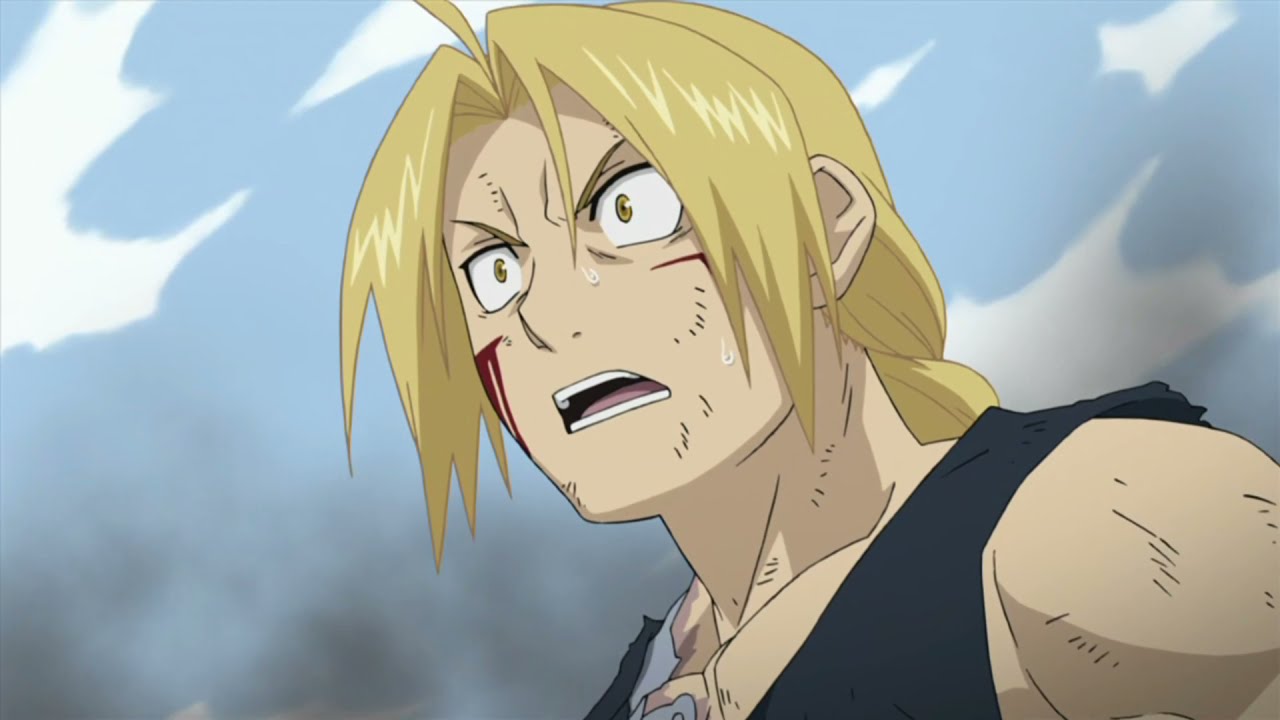
The series goes into the devastating effects of war on individuals and societies. It critiques the militaristic ambitions of Amestris and examines the sacrifices made in the pursuit of power, justice, and vengeance.
Characters in the series grapple with guilt, remorse, and the possibility of redemption. Edward and Alphonse seek to atone for their past sins, while others, such as Colonel Roy Mustang and Scar, navigate paths of revenge and forgiveness in a world scarred by conflict.
The protagonist, known as the Fullmetal Alchemist, is a skilled alchemist with a quick temper and a deep sense of loyalty to his brother. Despite his small stature, Edward’s determination and intelligence make him a formidable opponent in both combat and alchemical research.
Edward’s younger brother, whose soul is bound to a suit of armor following the failed resurrection attempt. Alphonse serves as the moral compass of the series, embodying innocence, compassion, and a steadfast belief in the goodness of humanity.
A charismatic State Alchemist known as the Flame Alchemist, Roy is driven by a desire to reform the corrupt Amestrian government from within. His journey is marked by personal tragedy and a commitment to achieving justice through political maneuvering and military strategy.
The series features a diverse cast of supporting characters, including Winry Rockbell (the Elric brothers’ childhood friend and automail mechanic), Riza Hawkeye (Roy Mustang’s loyal subordinate and sharpshooter), and the Homunculi (artificial beings created through alchemy with their own agendas).

“Fullmetal Alchemist: Brotherhood” is praised for its high-quality animation, fluid action sequences, and detailed character designs that bring the world of Amestris to life. The animation effectively captures the emotional depth of the characters, the intensity of alchemical battles, and the atmospheric settings ranging from bustling cities to war-torn landscapes.
Upon its release, “Fullmetal Alchemist: Brotherhood” received critical acclaim for its storytelling, character development, and thematic depth. It has garnered a dedicated fanbase worldwide and remains a benchmark for excellence in anime adaptations. The series’ popularity has led to numerous accolades, including awards for its direction, voice acting, and soundtrack composed by Akira Senju.
“Fullmetal Alchemist: Brotherhood” has also inspired spin-off manga, light novels, video games, and theatrical adaptations, cementing its legacy as a modern classic in the anime industry. Its enduring appeal lies in its ability to blend action-packed adventure with profound philosophical exploration, making it a compelling watch for both anime enthusiasts and newcomers alike.
“Fullmetal Alchemist: Brotherhood” stands as a masterful achievement in anime storytelling, combining rich character development, complex themes, and breathtaking animation to create an unforgettable journey of redemption, sacrifice, and the search for truth.
Whether you are drawn to its epic battles, its exploration of ethical dilemmas, or its poignant portrayal of brotherly love, the series remains a testament to the power of storytelling and its ability to resonate across cultures and generations.

